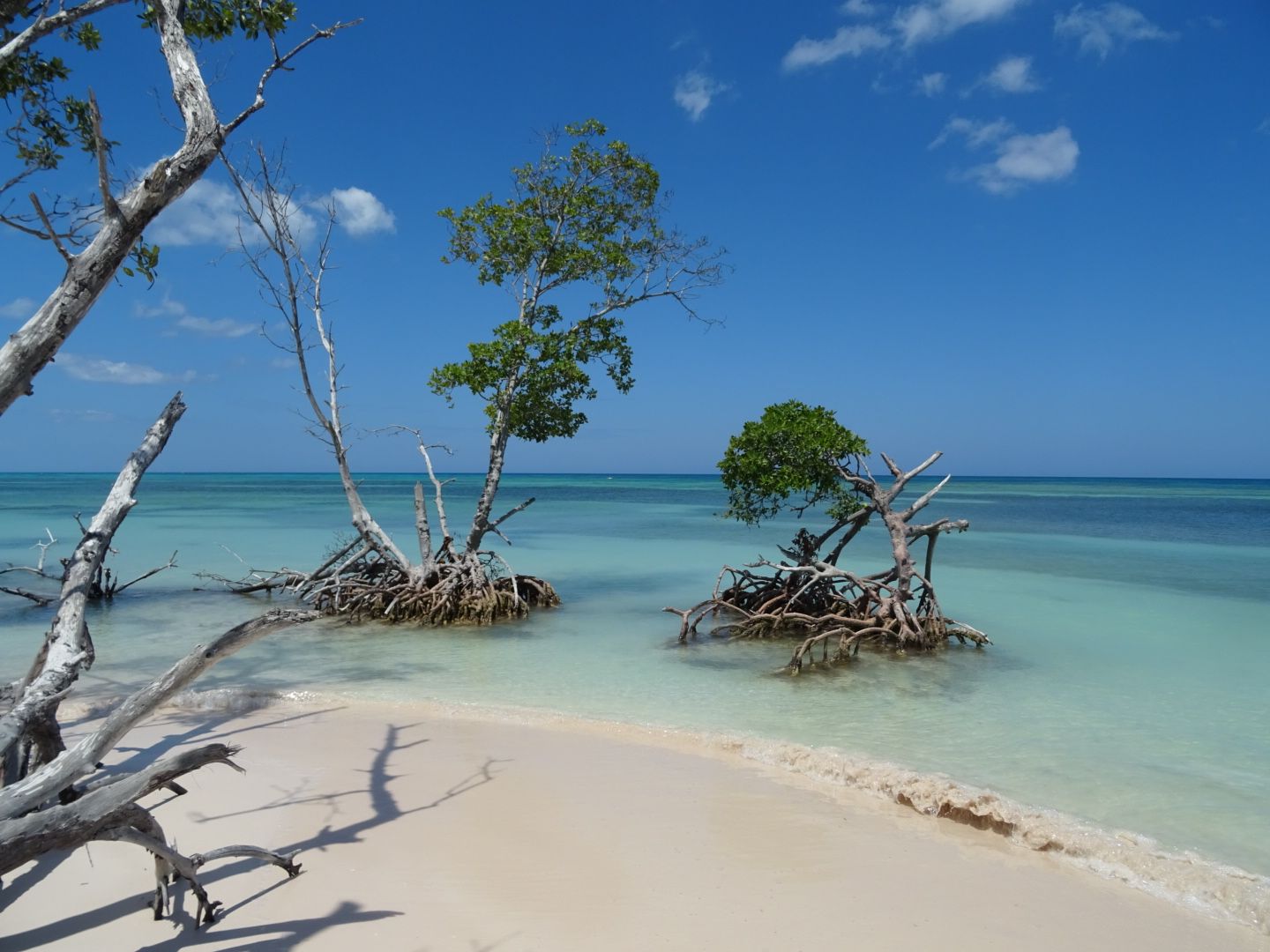Paraguay
Çap edildi: 14.06.2023
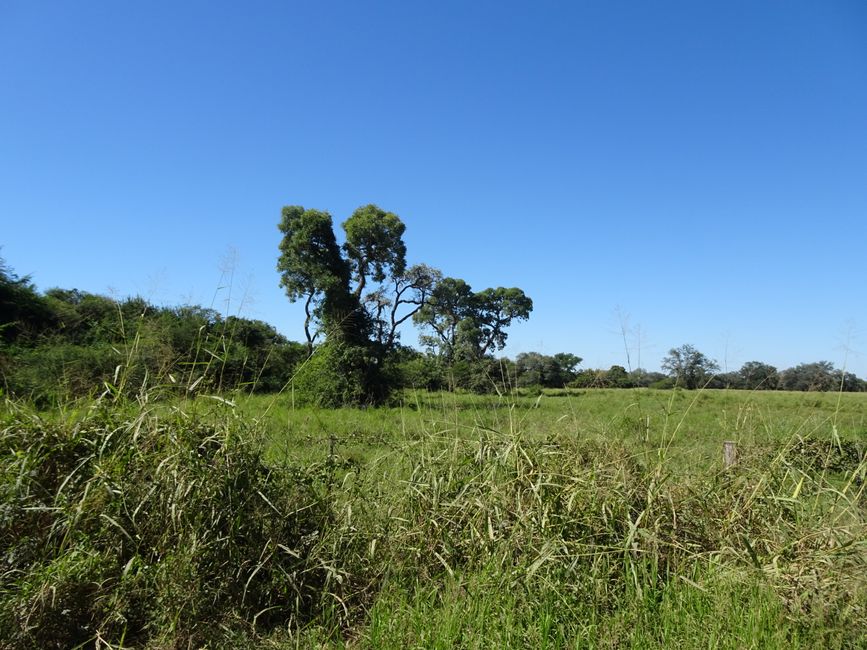
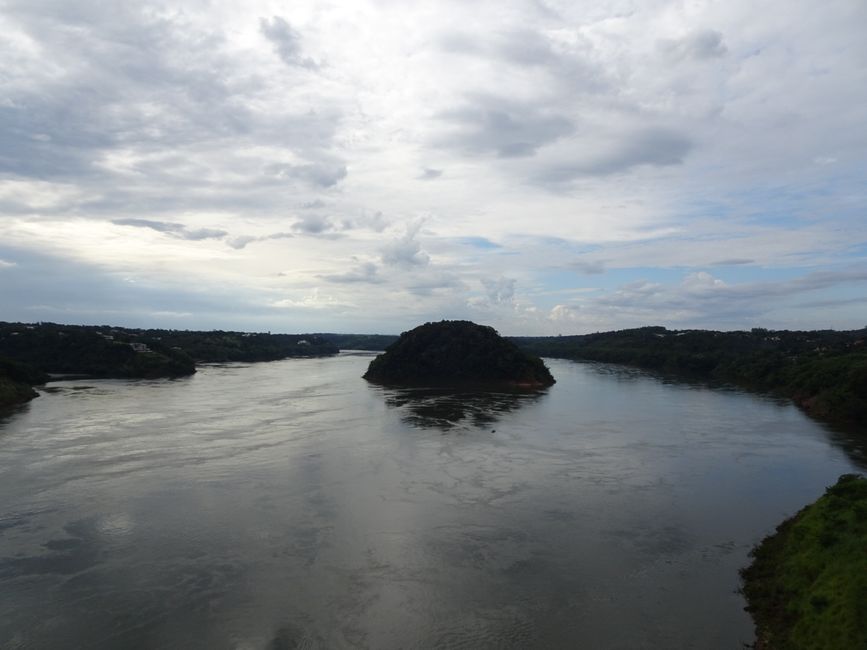
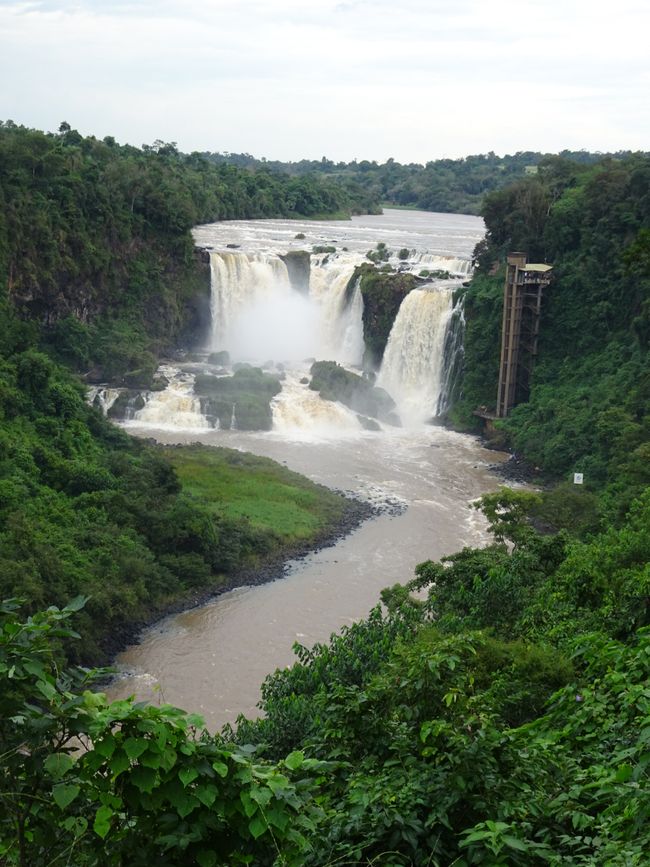
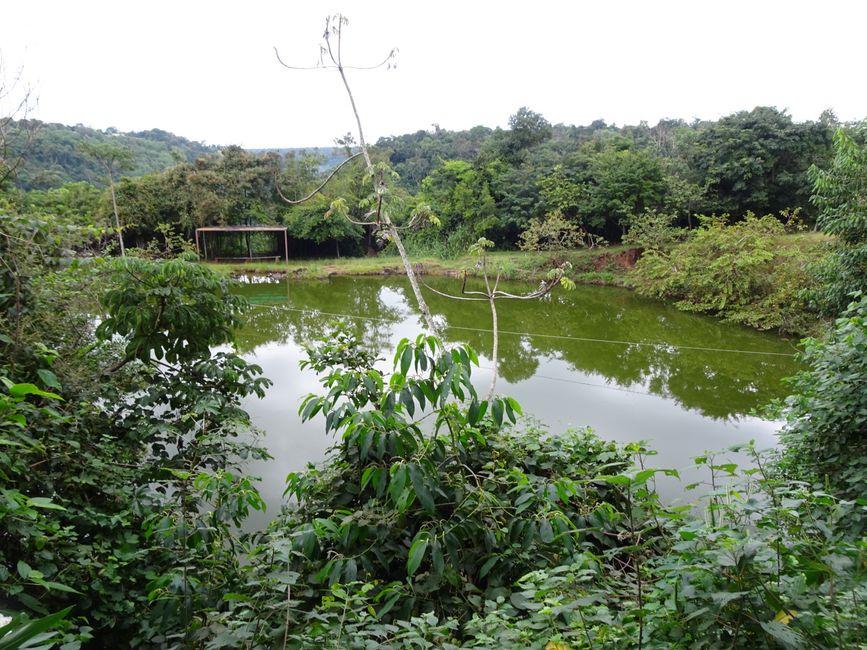
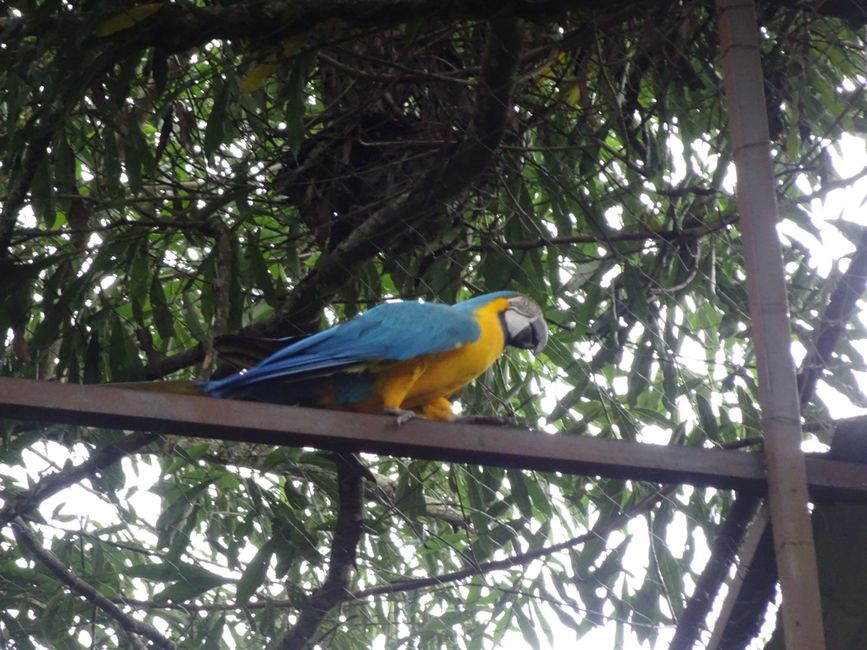
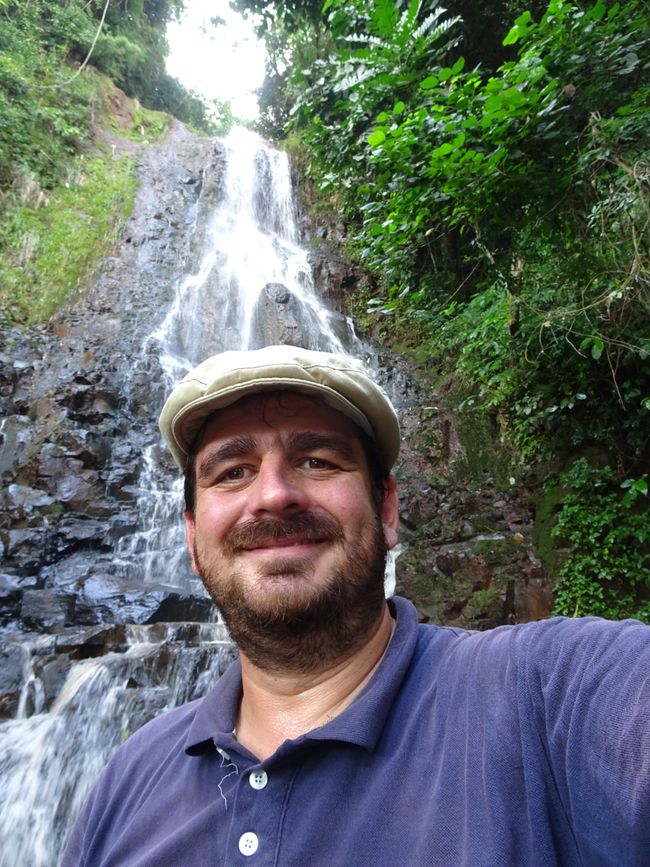
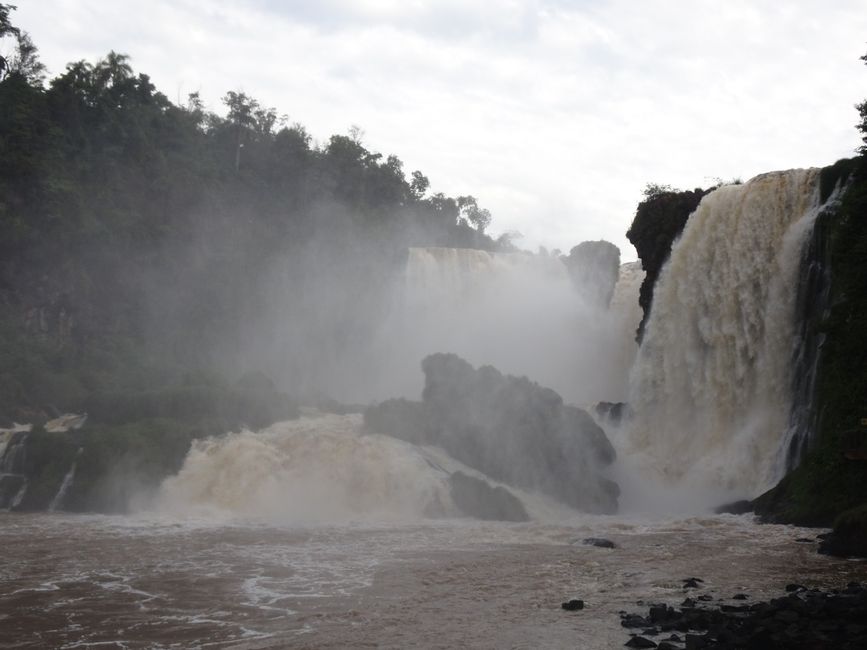
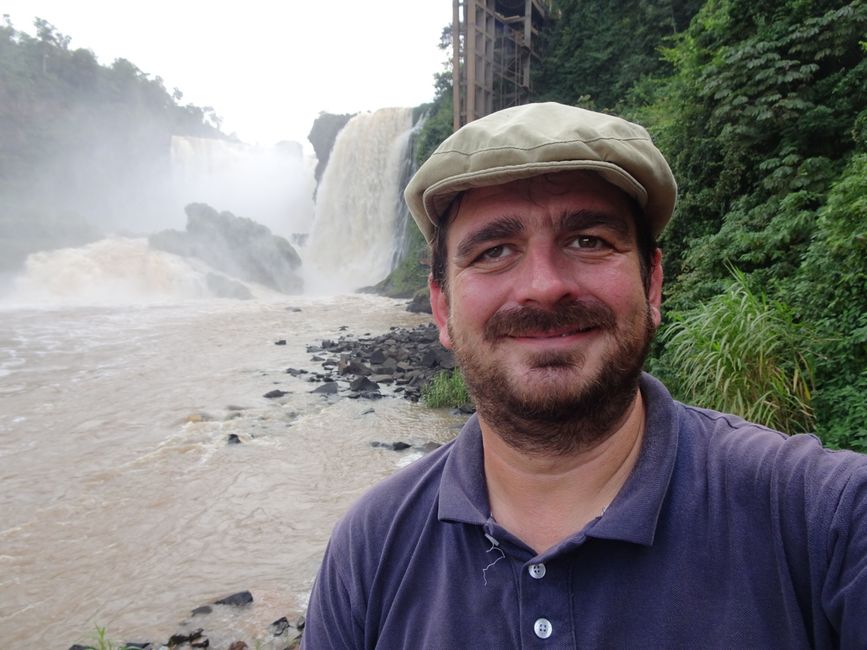
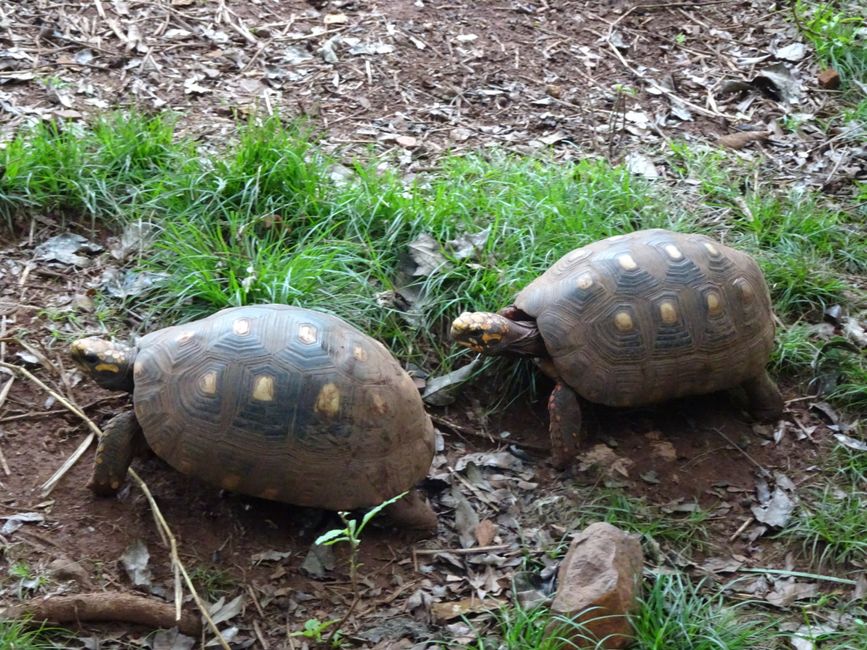
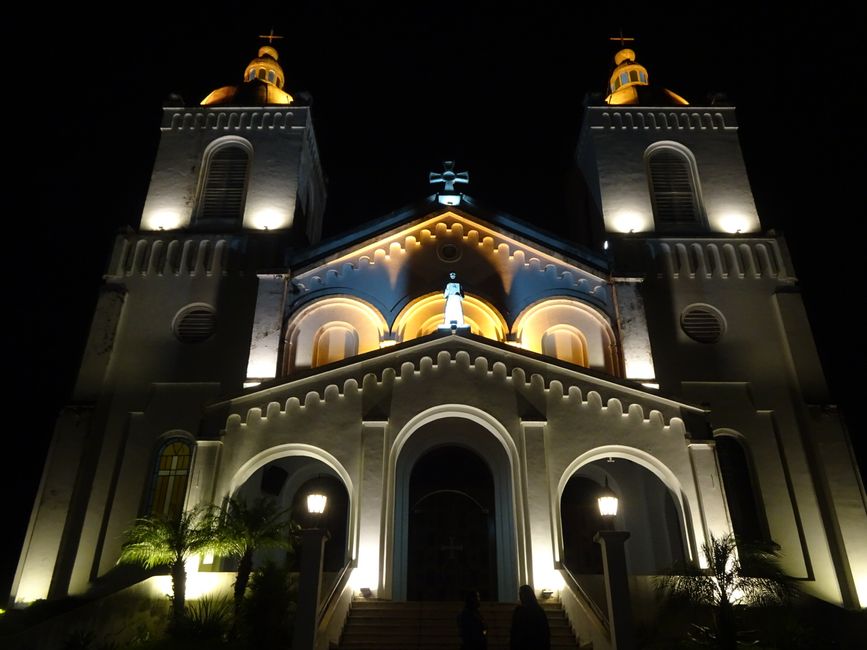
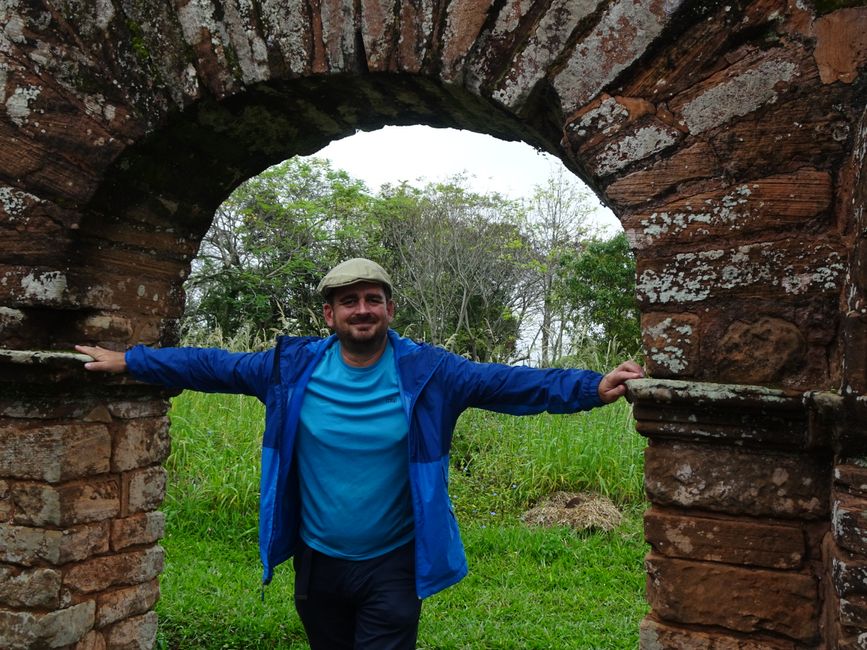
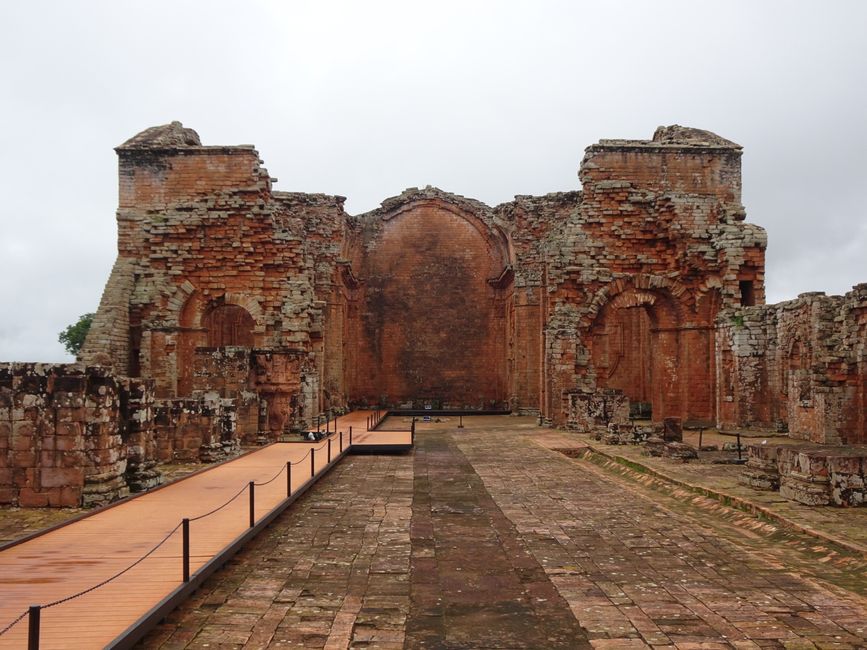
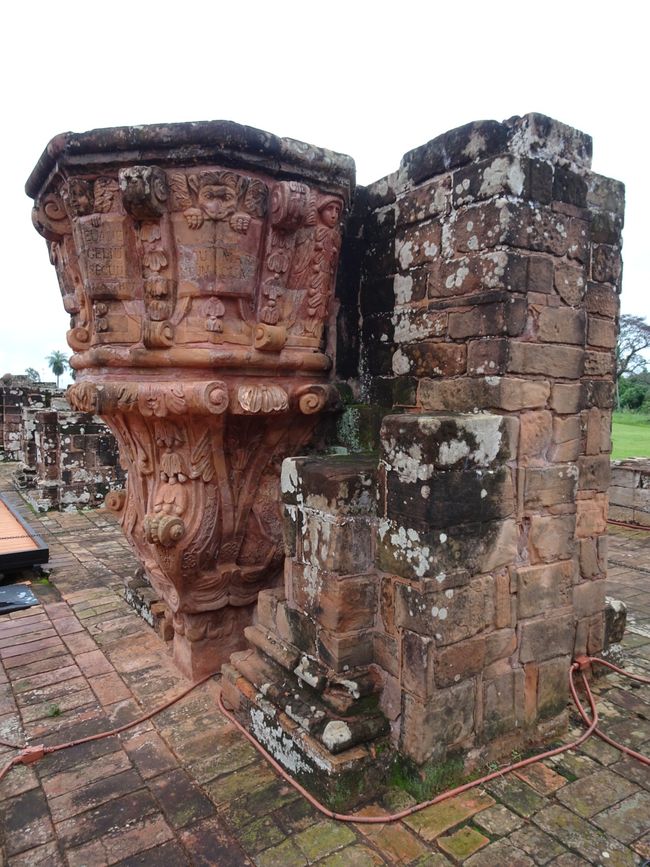
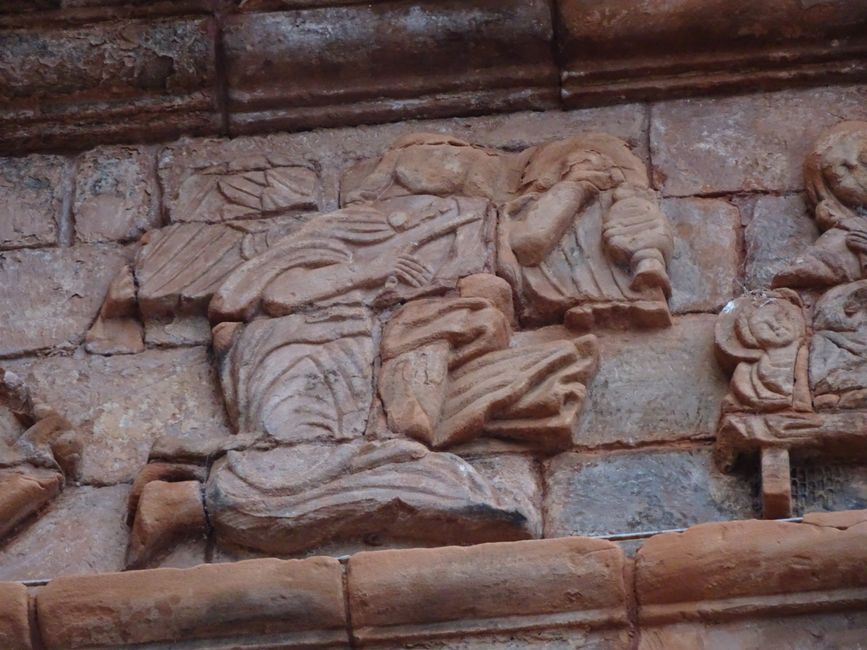
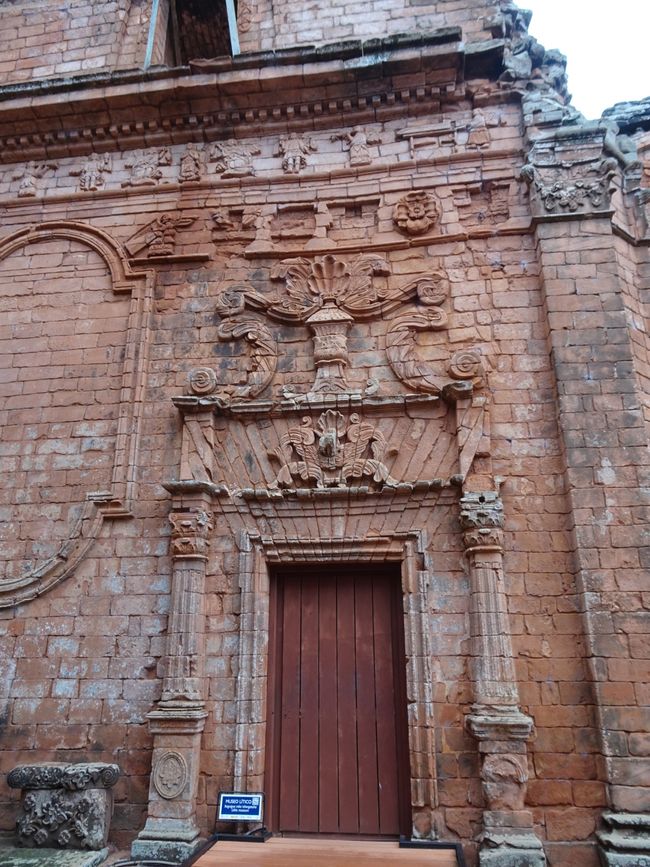
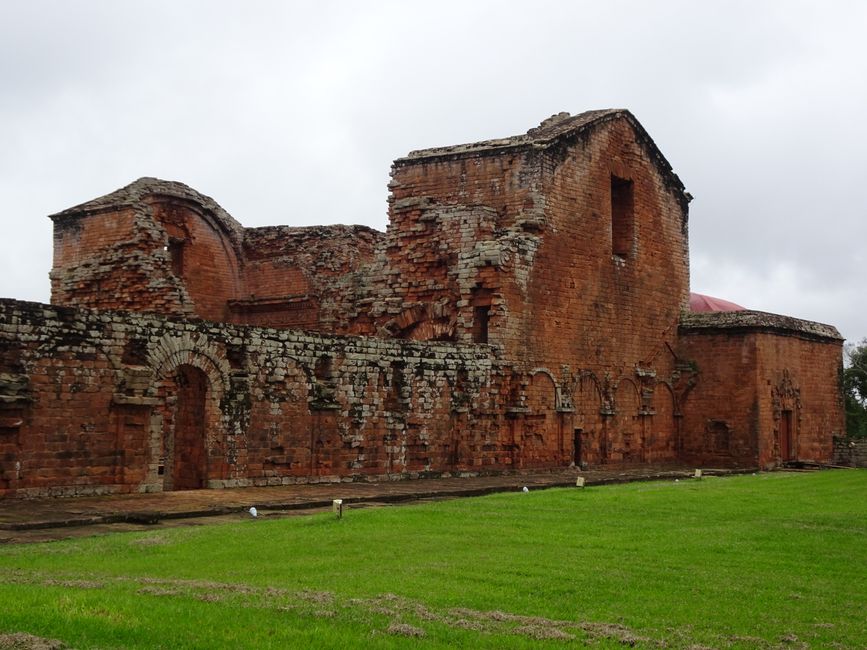
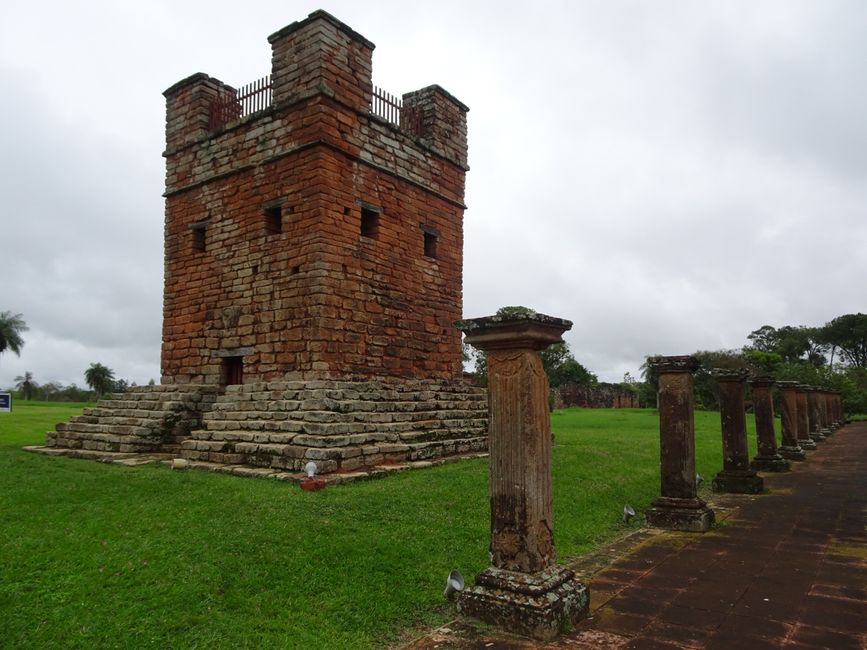
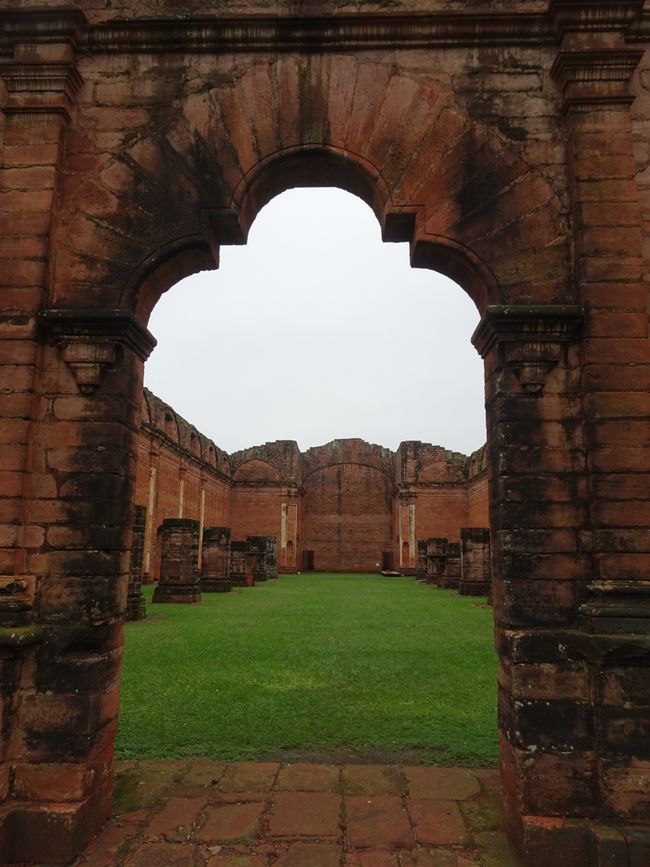
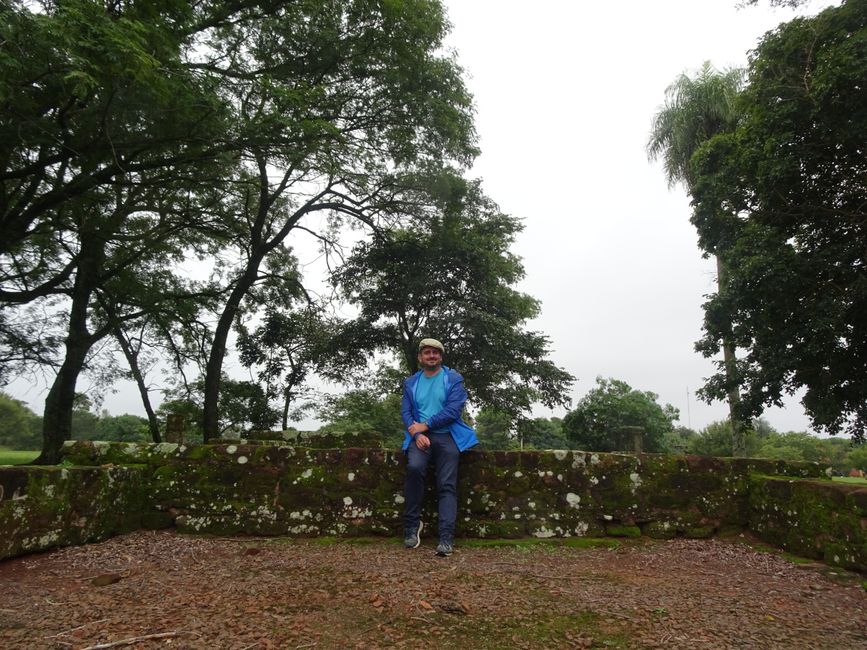
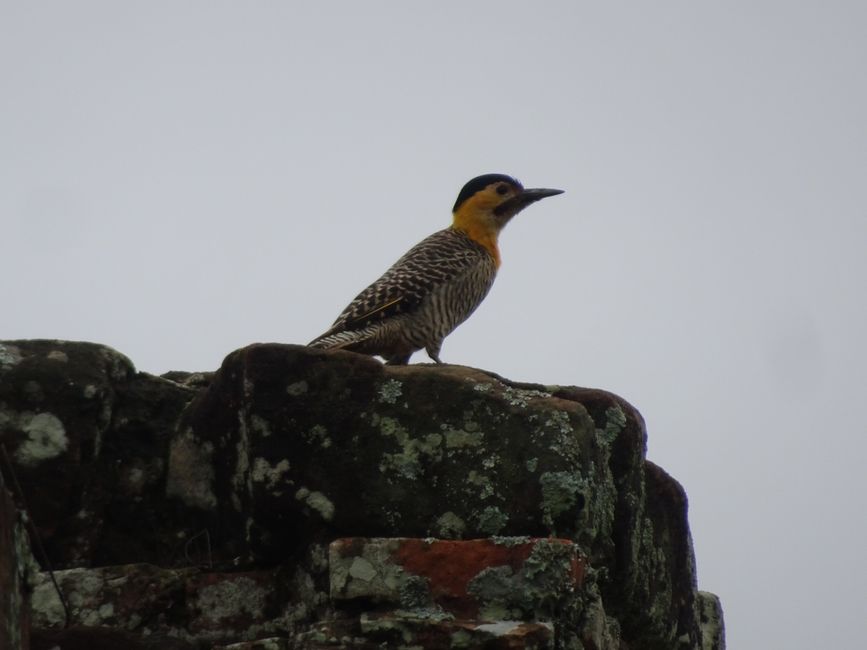
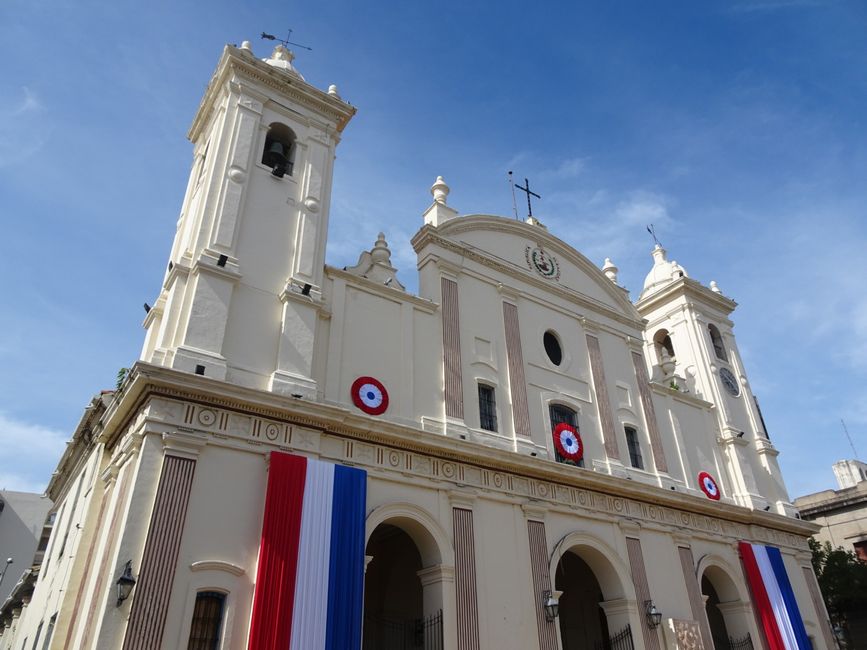
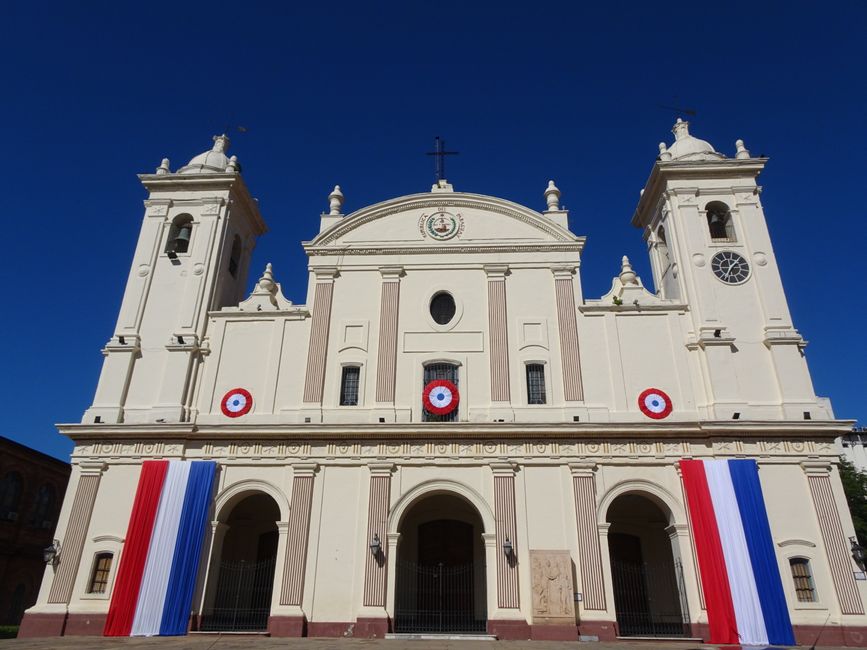
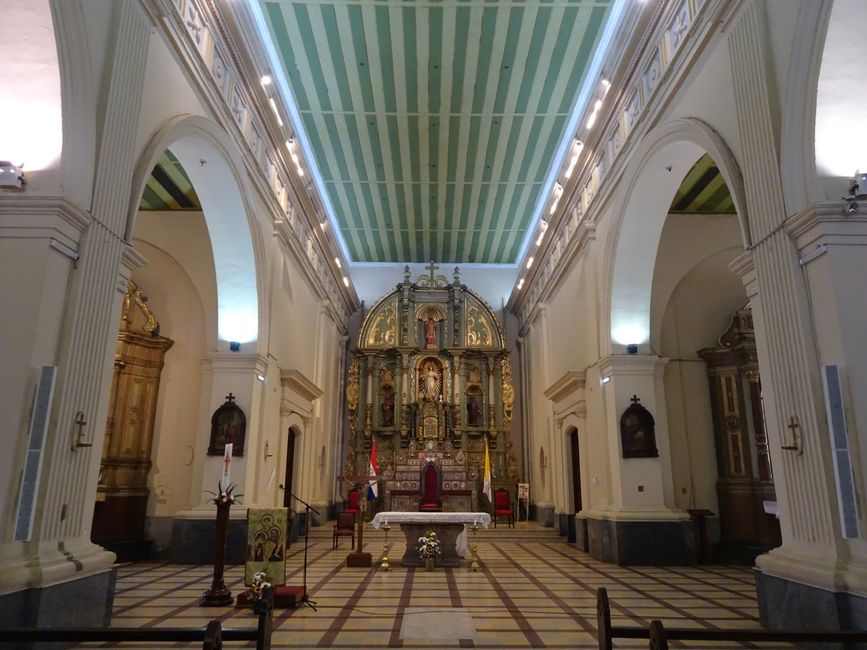
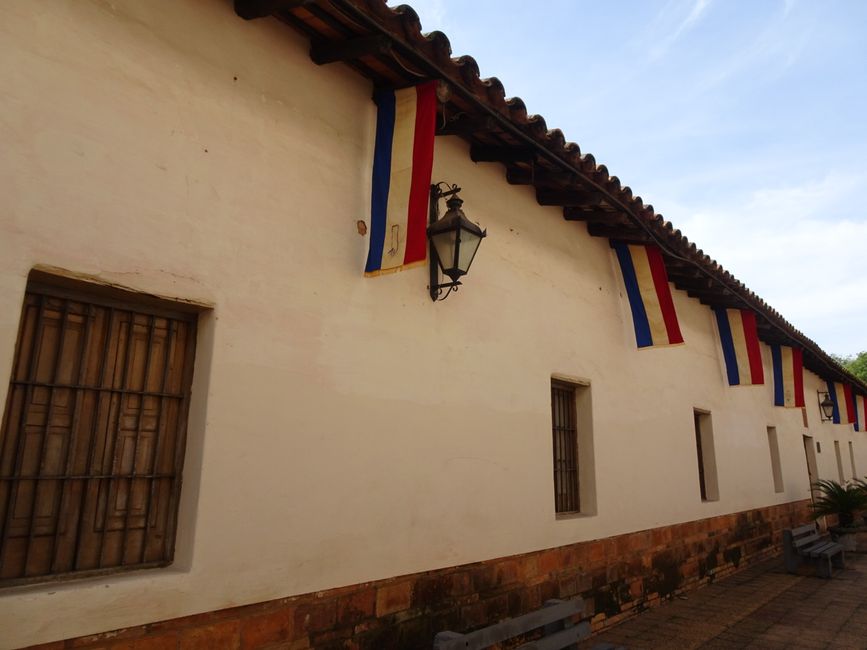
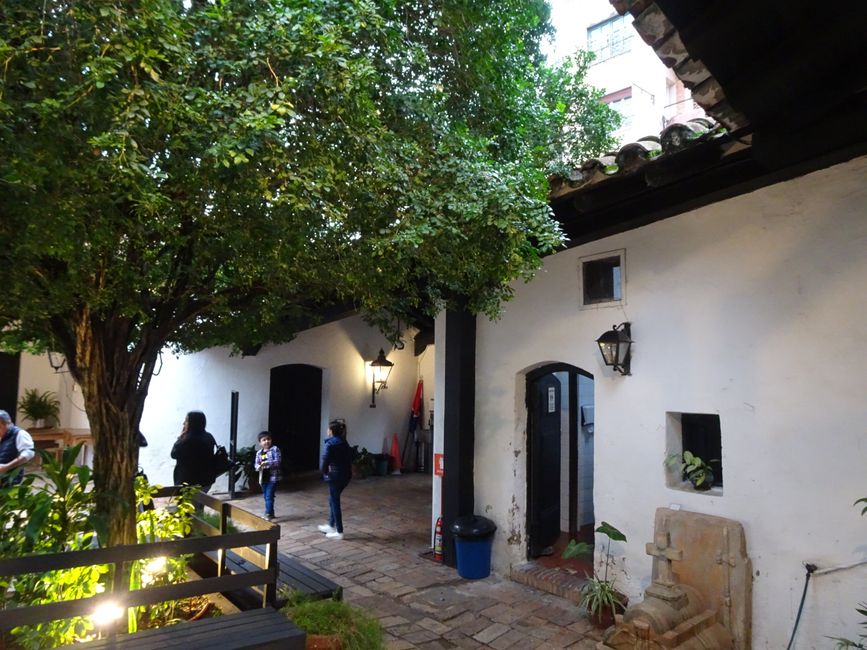
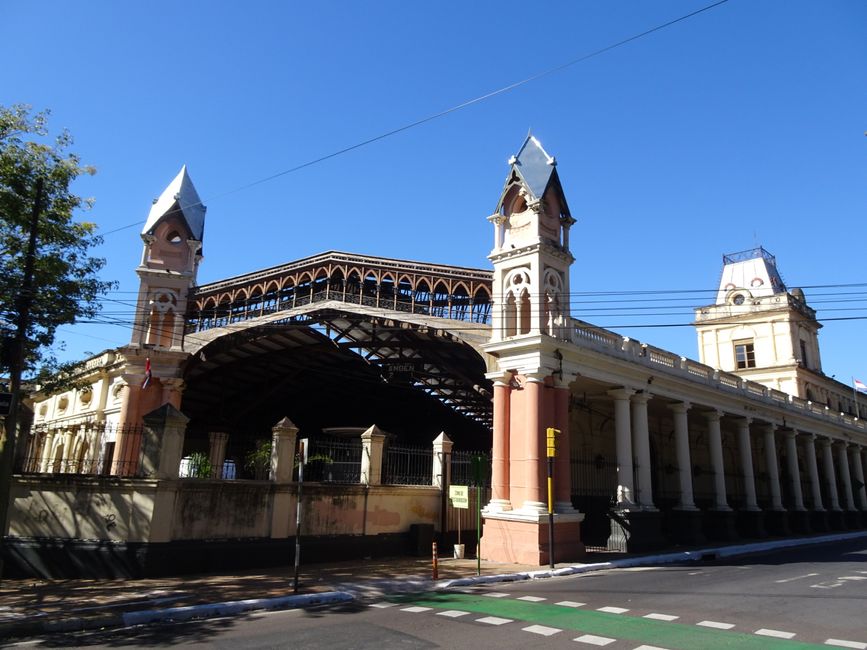
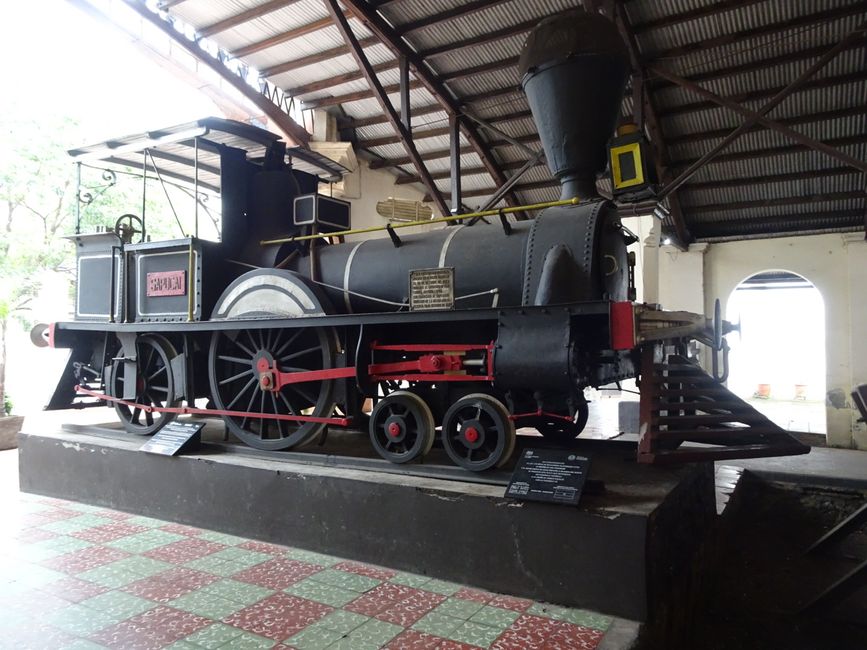
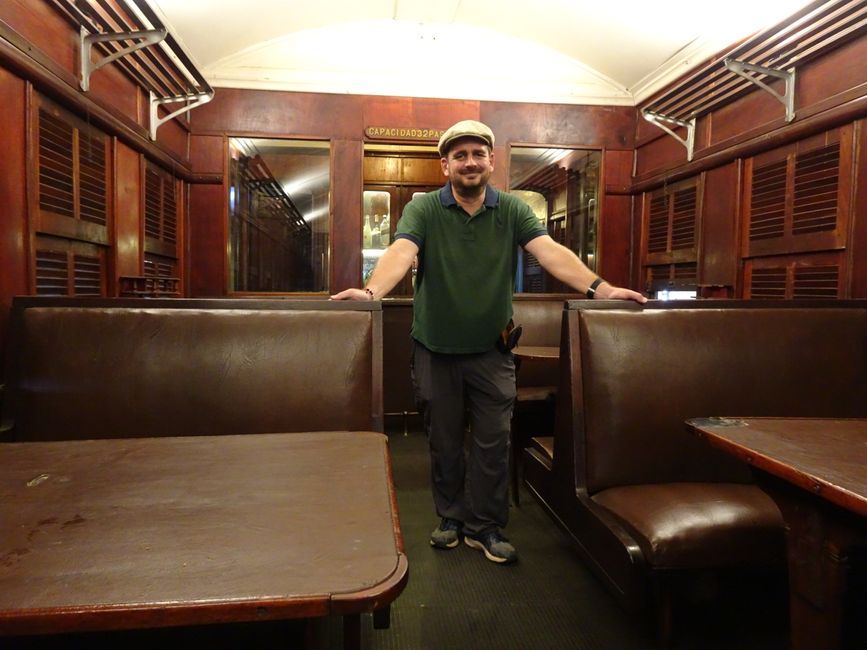
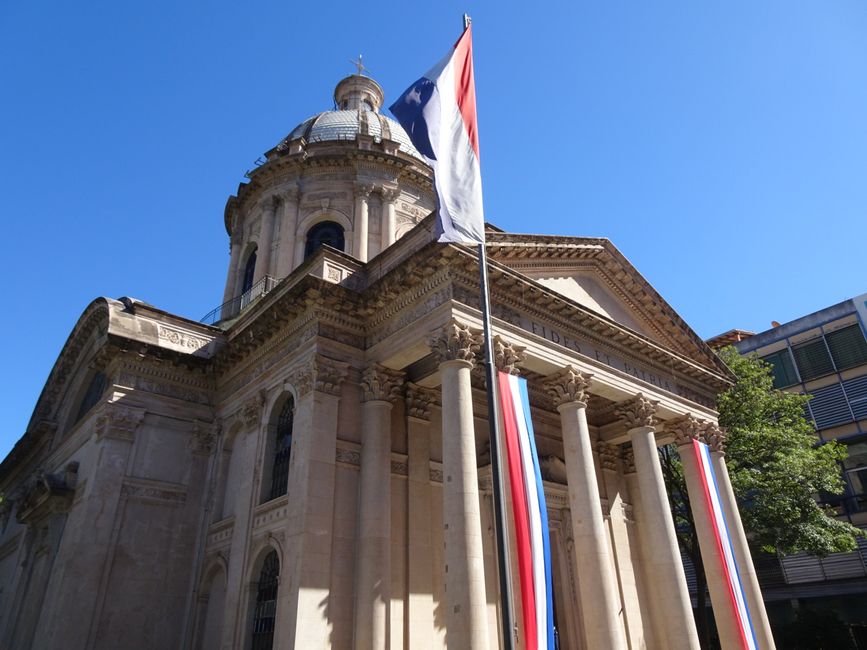
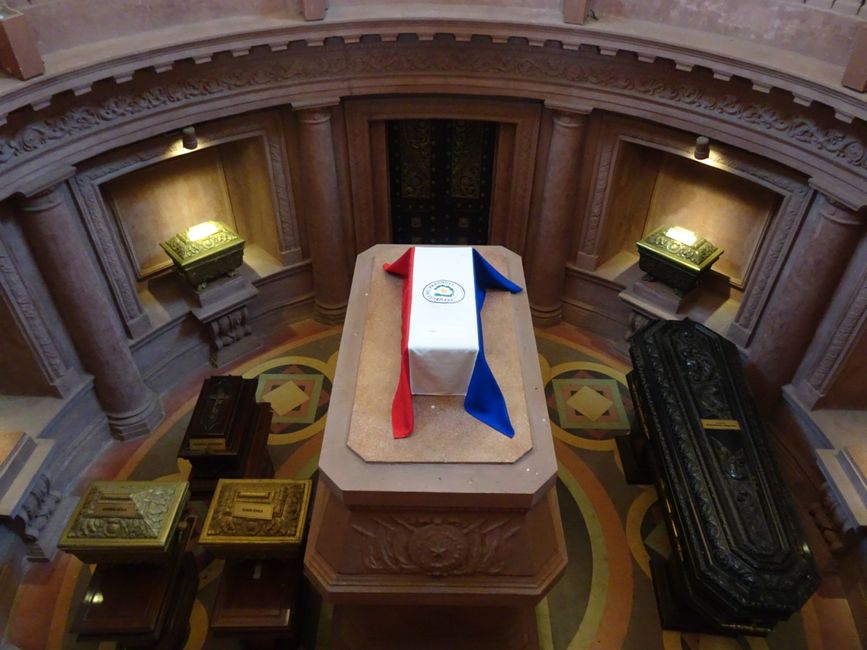
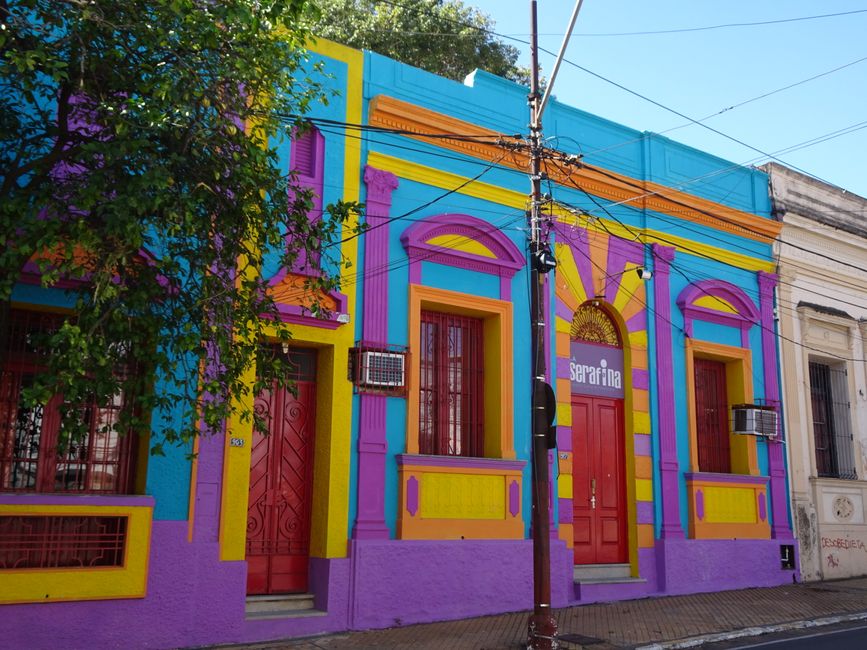
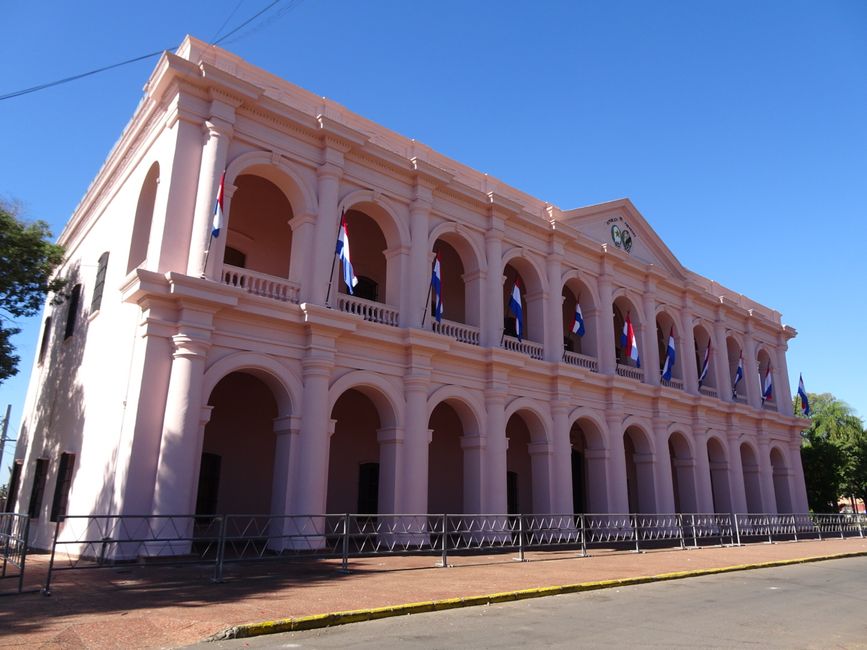
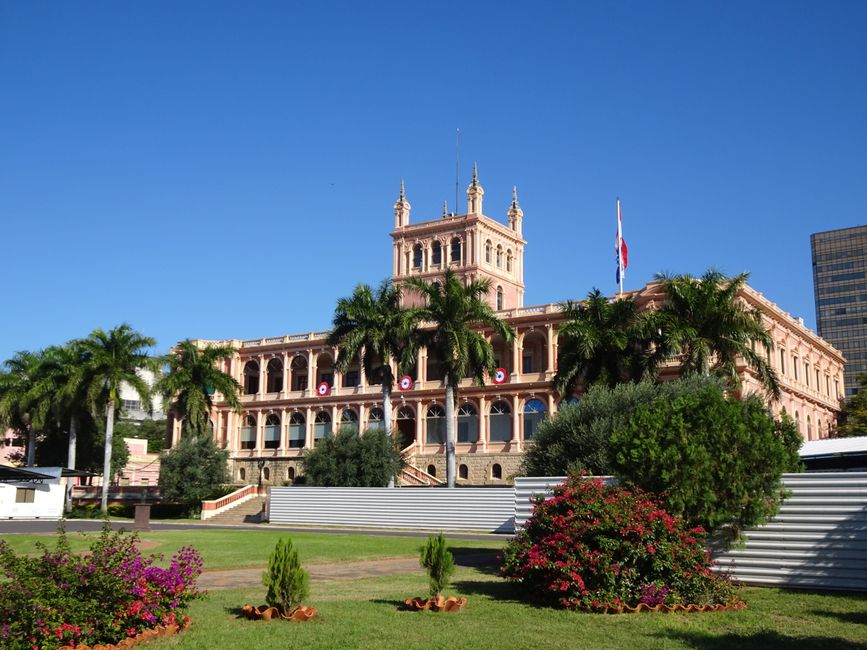
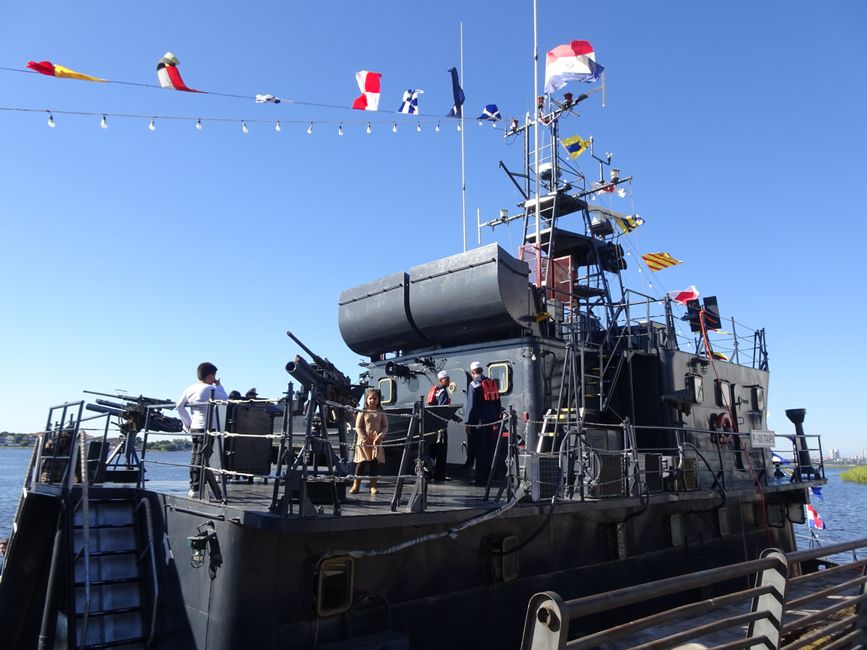
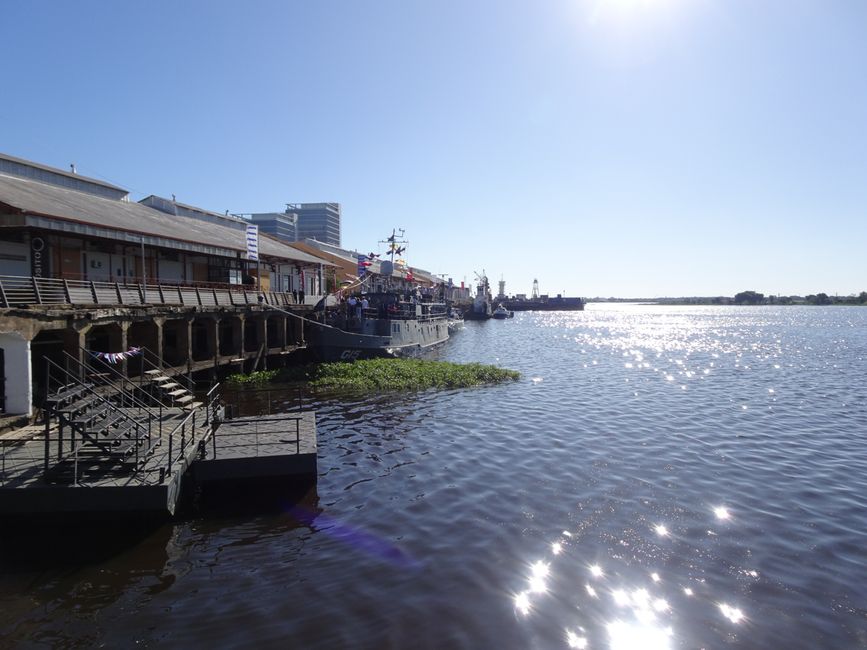
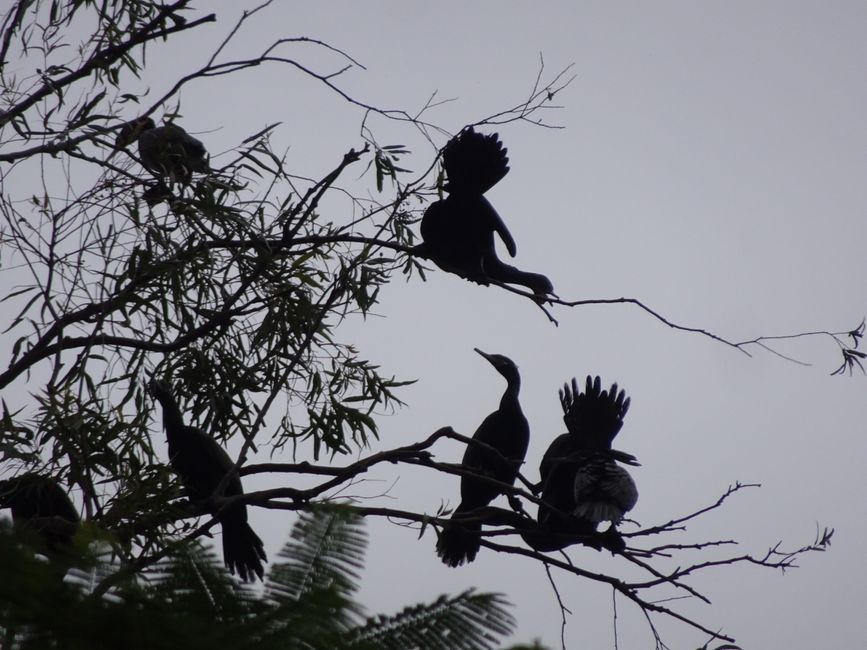
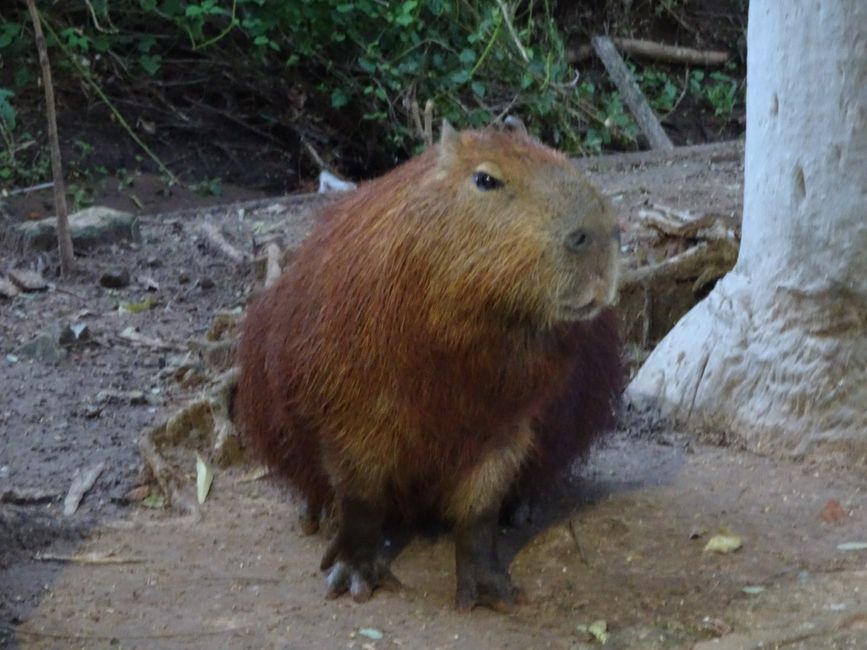
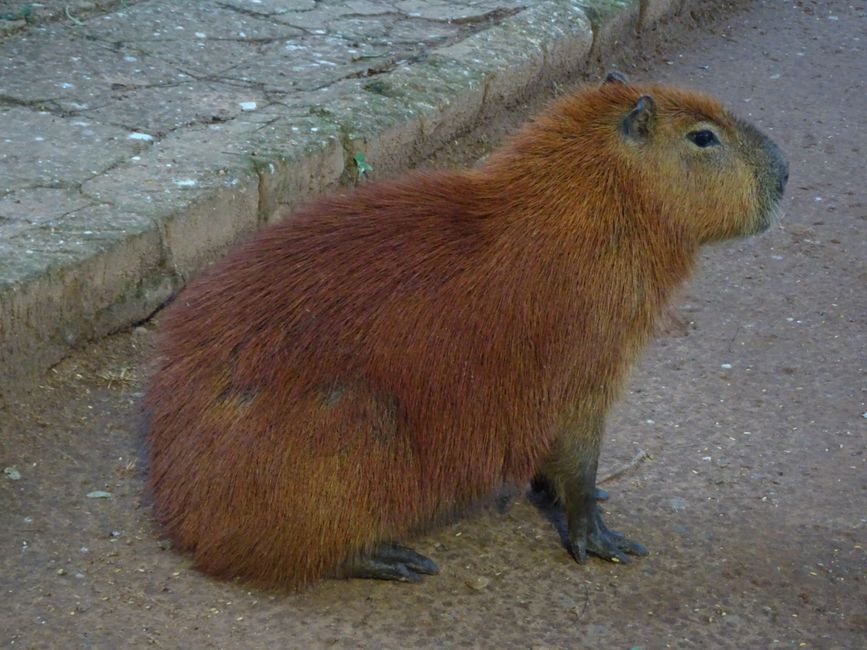
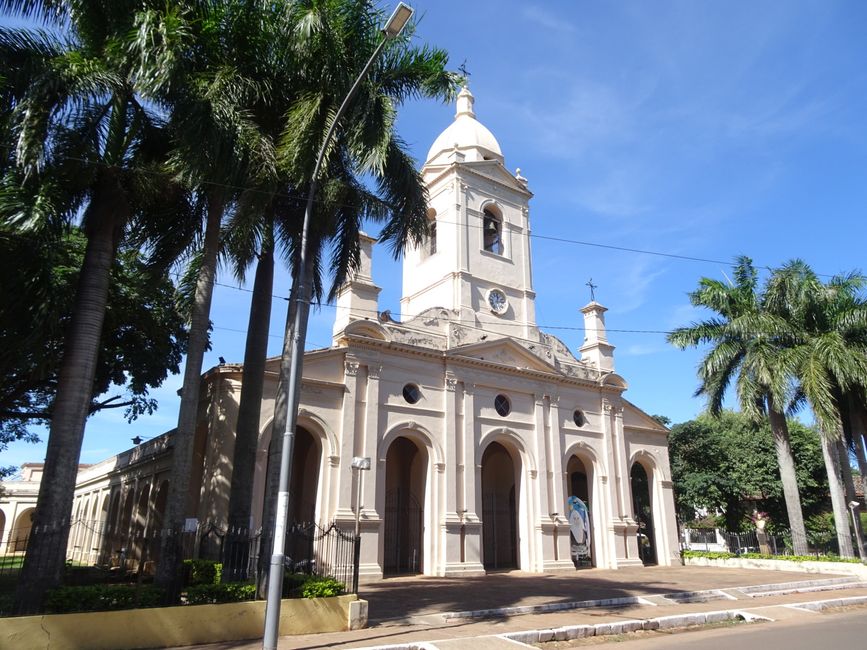
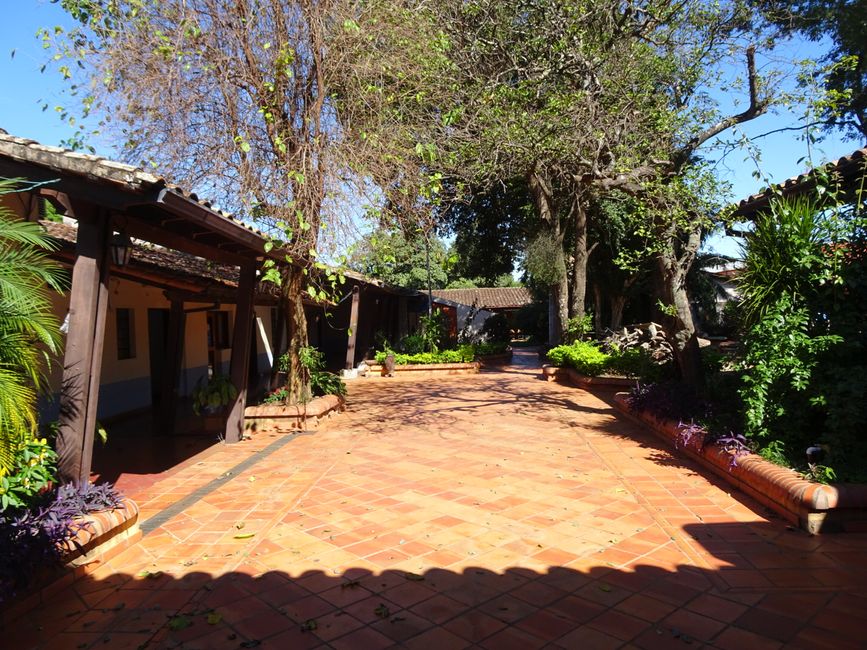
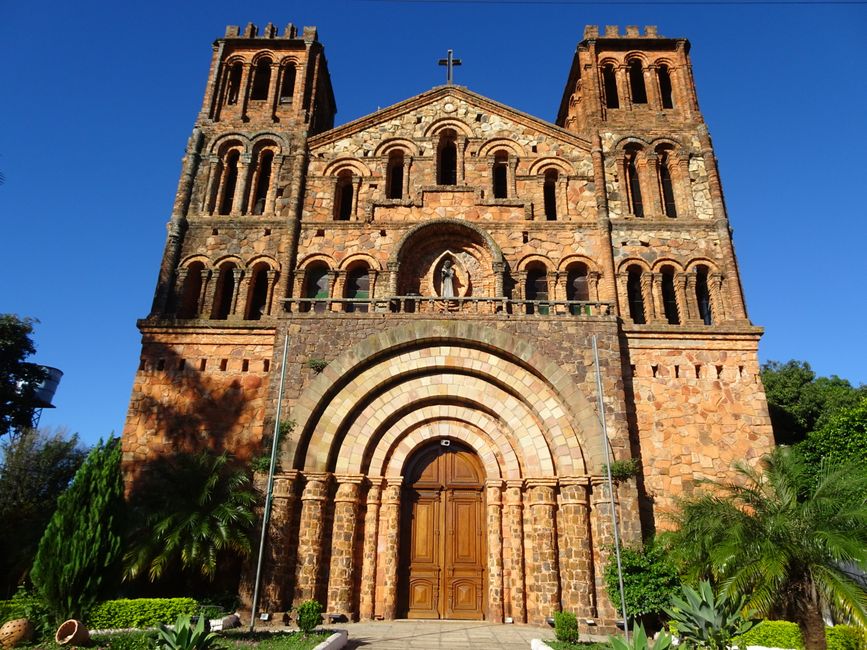
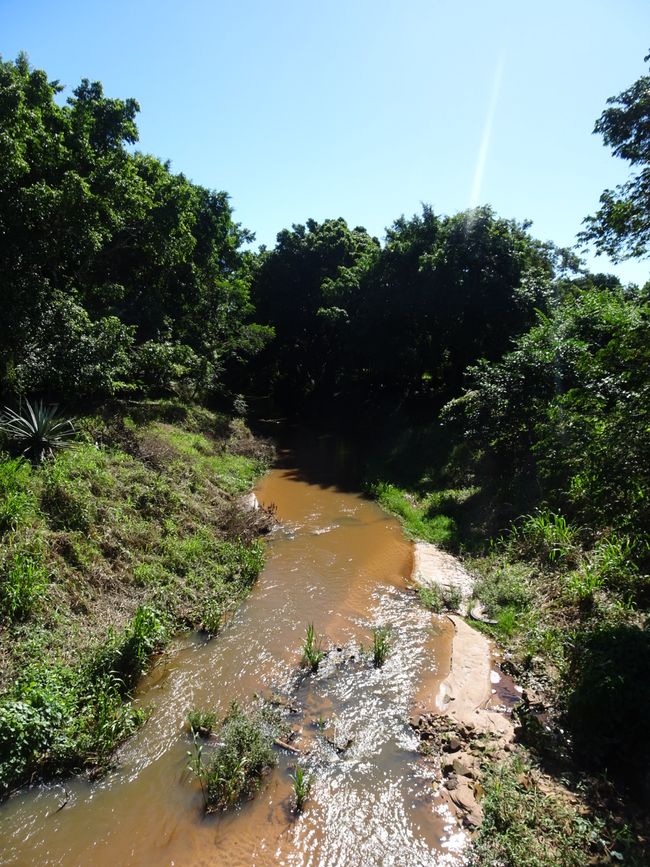
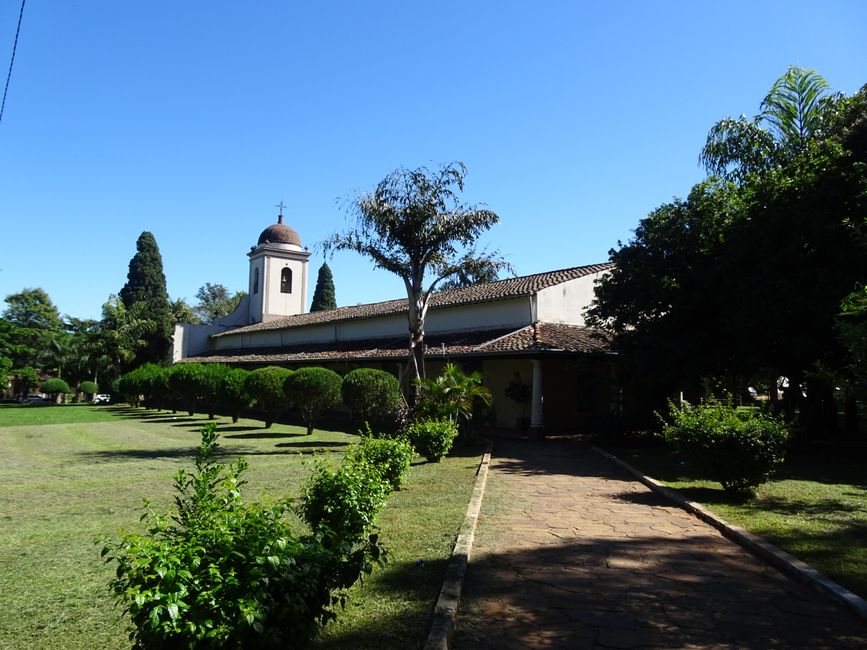
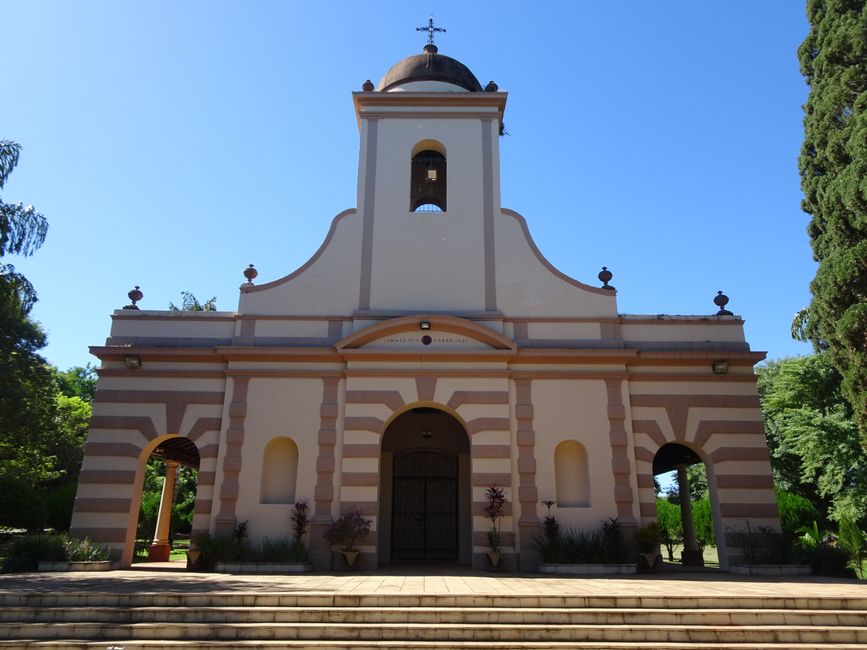
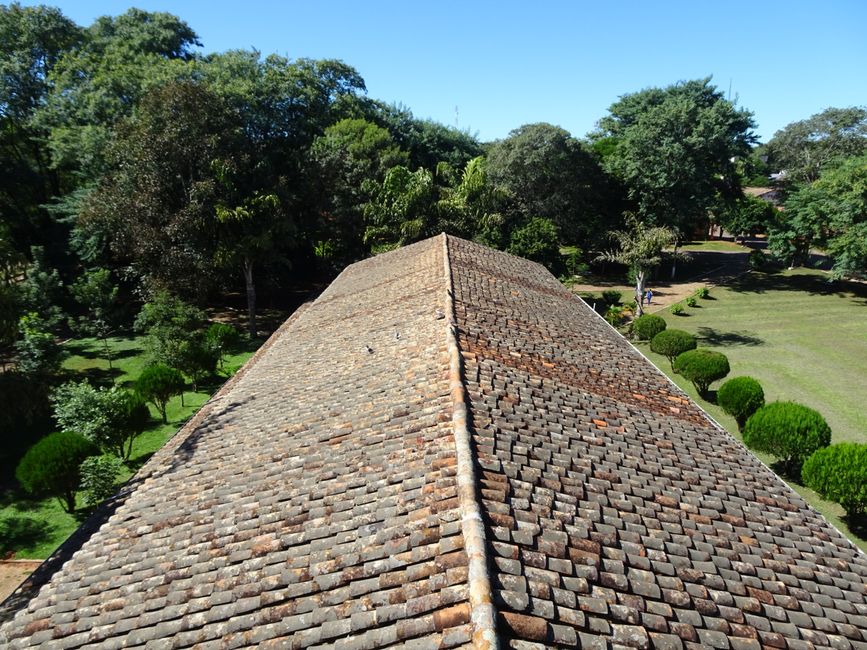
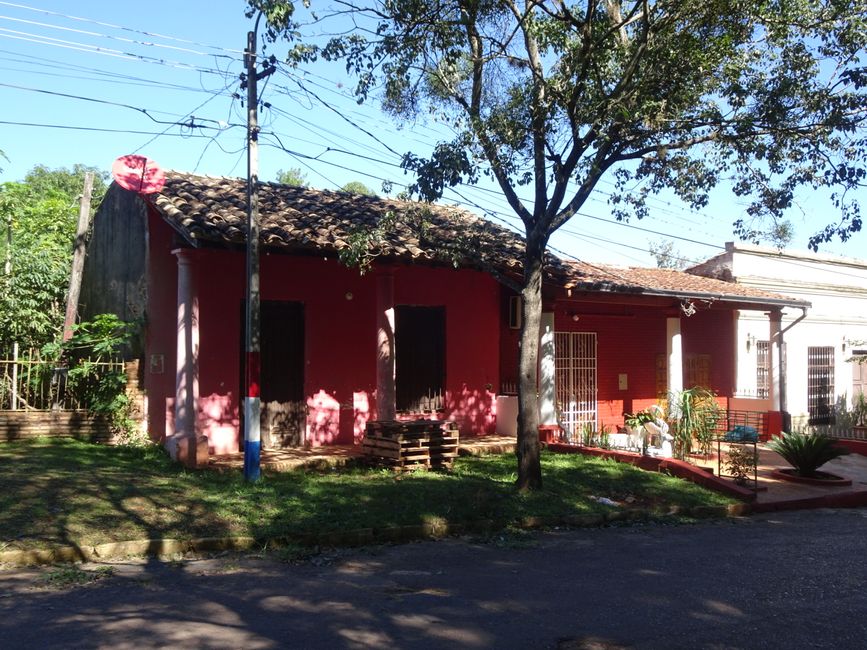
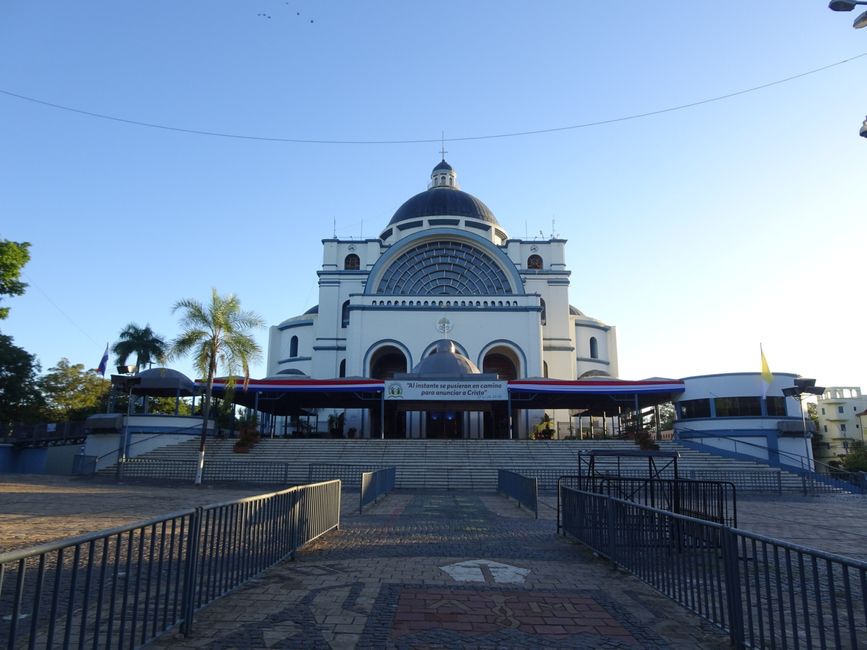
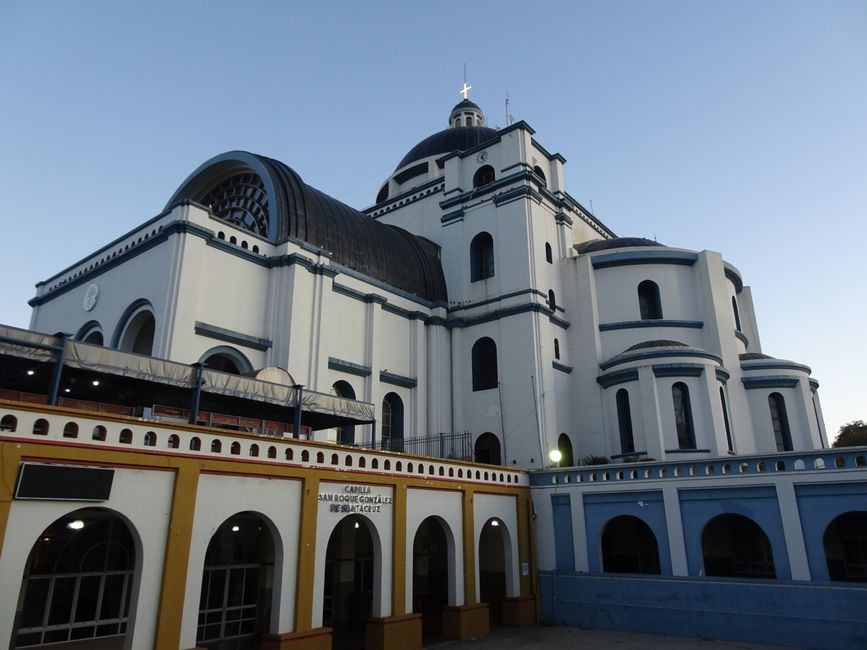
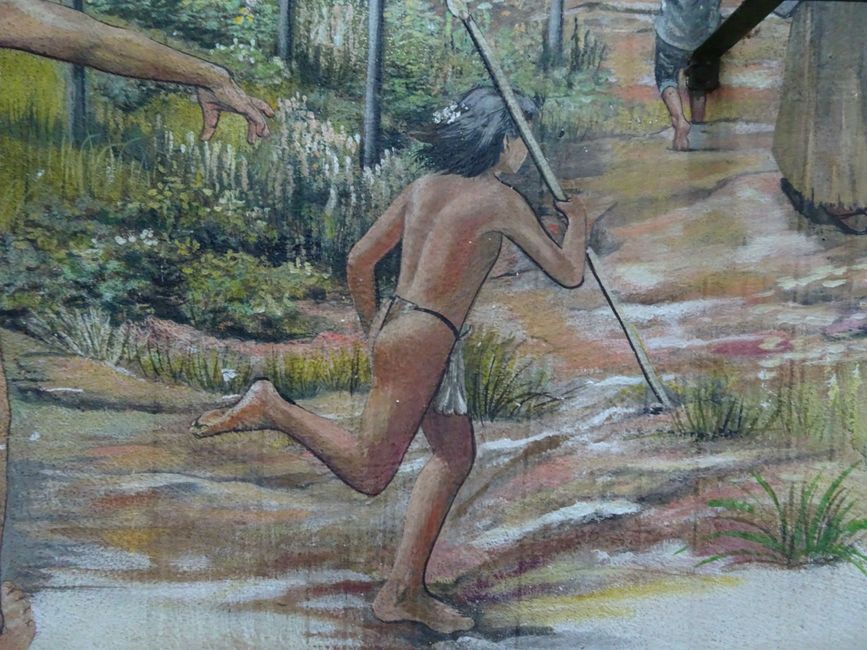
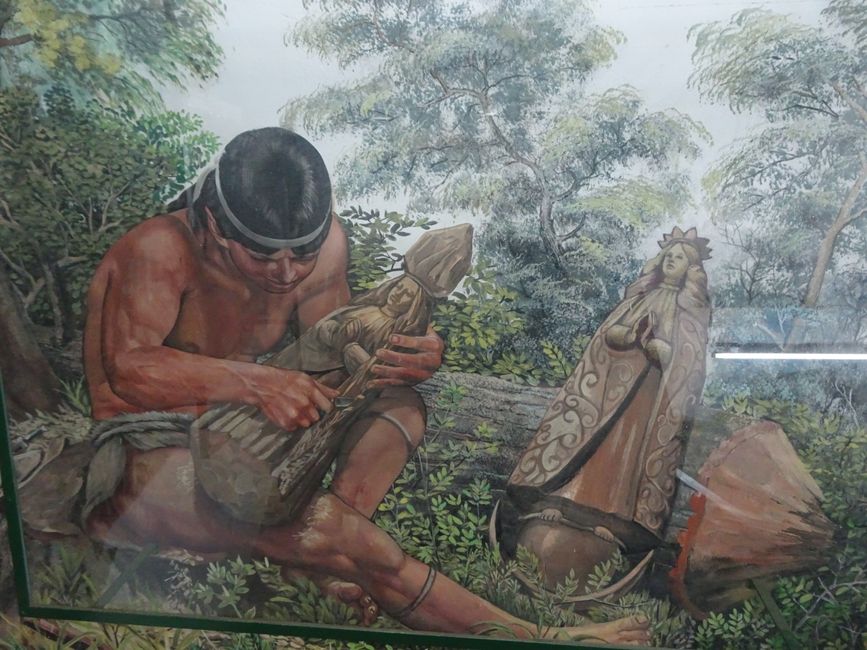
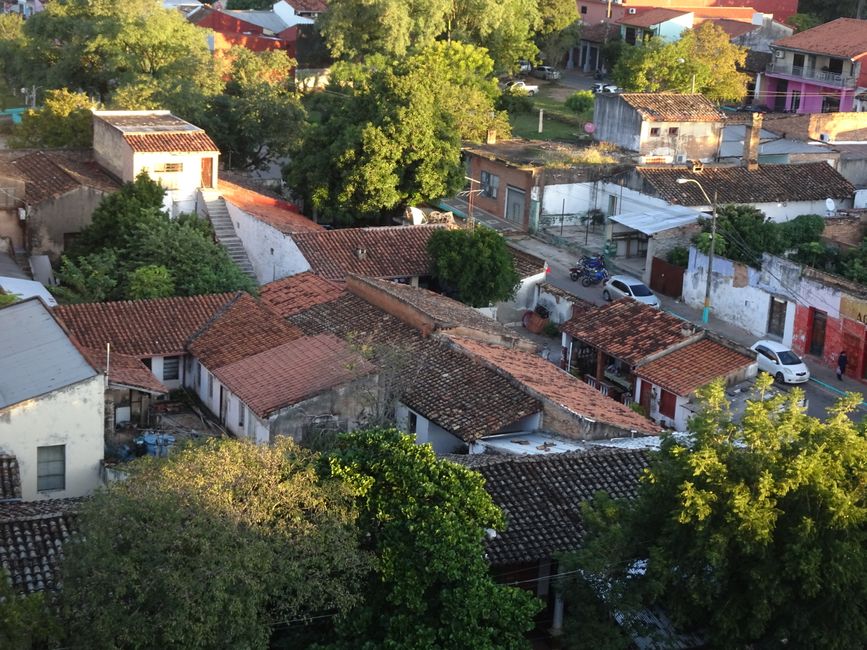
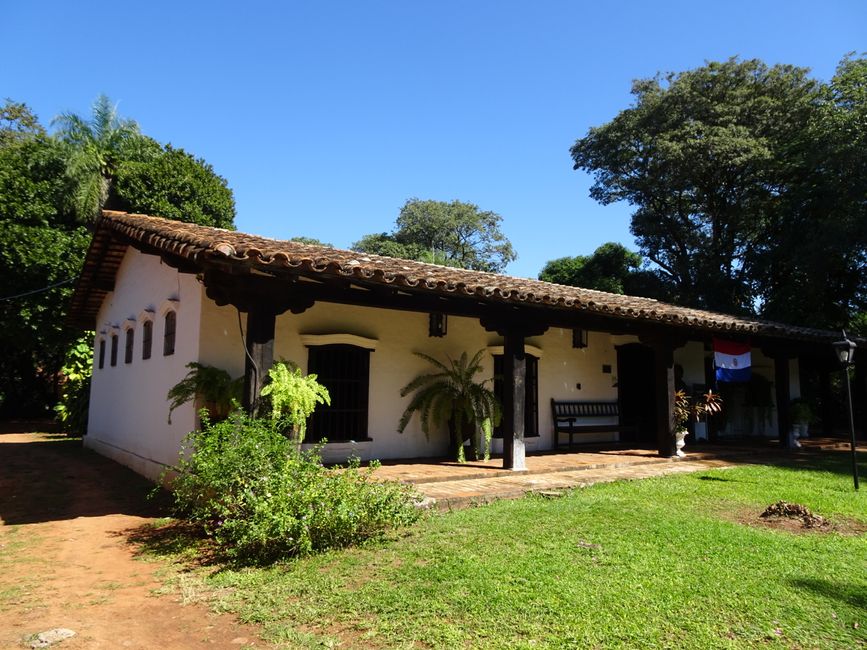
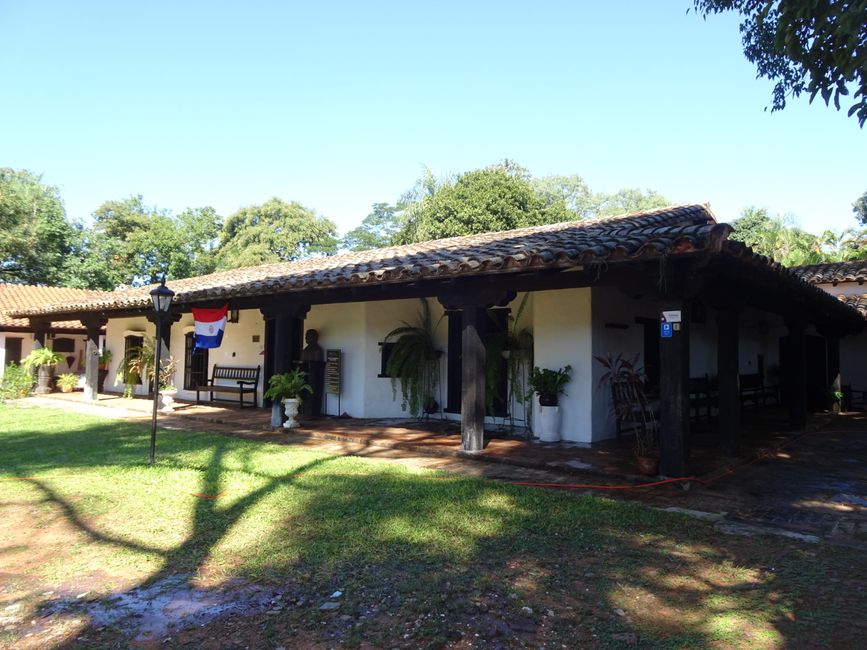
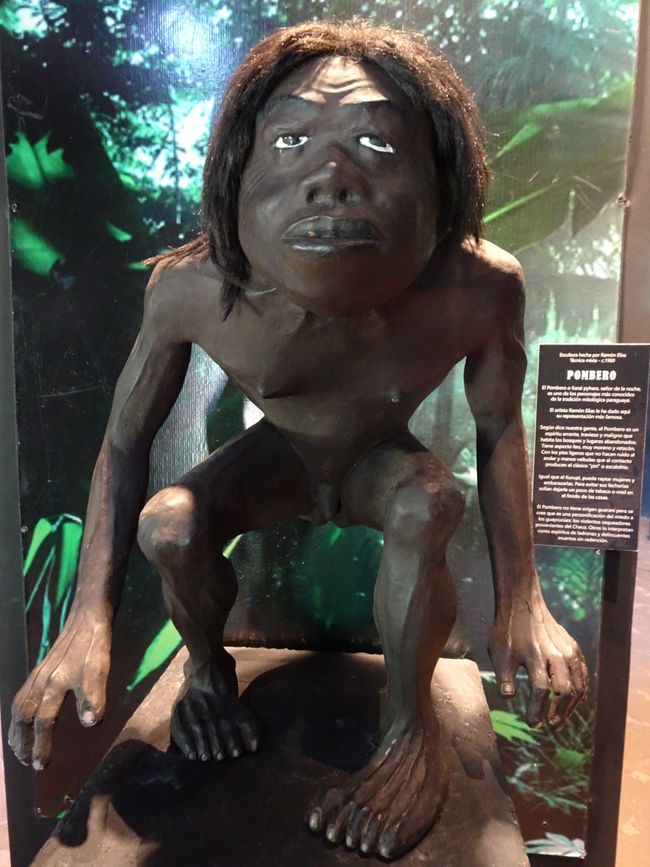
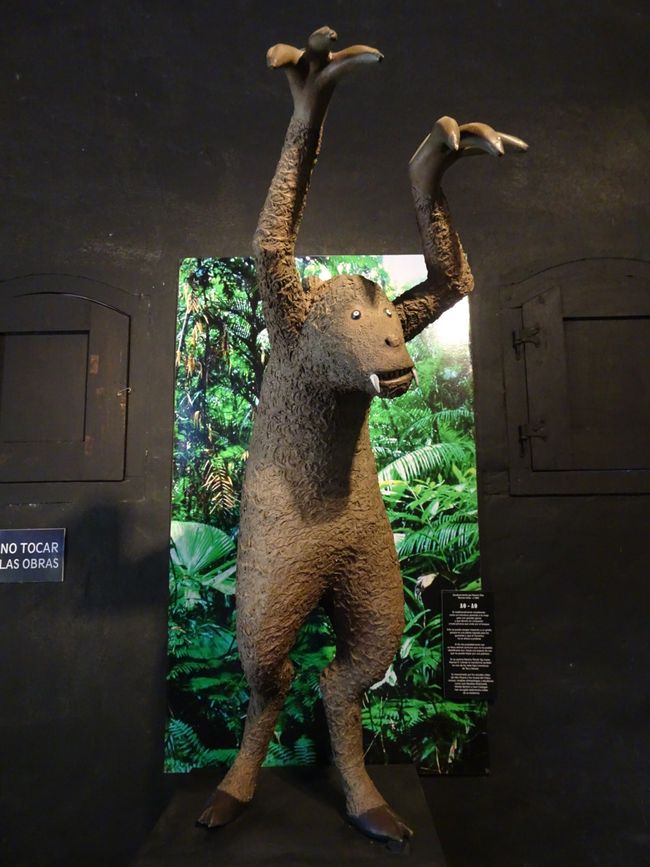
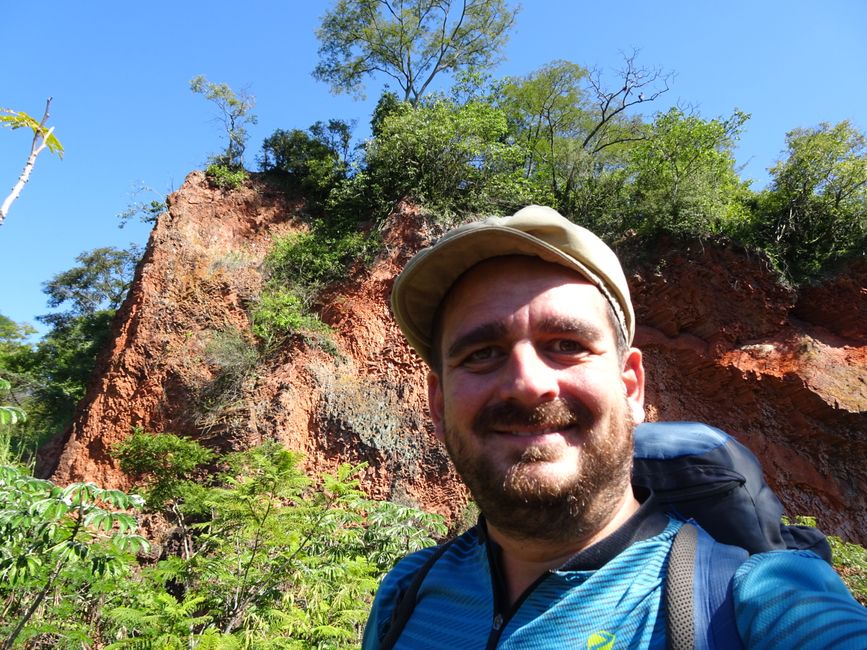
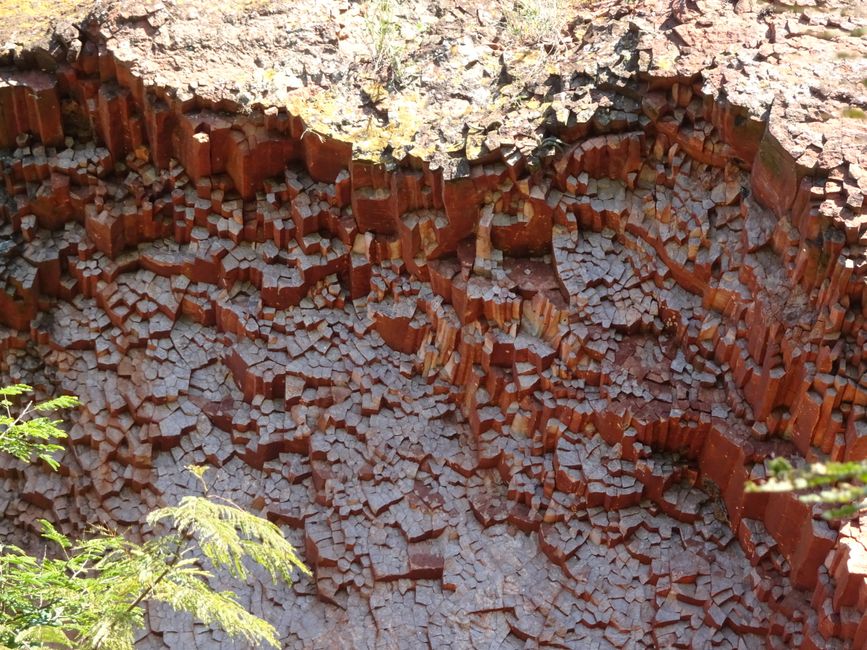
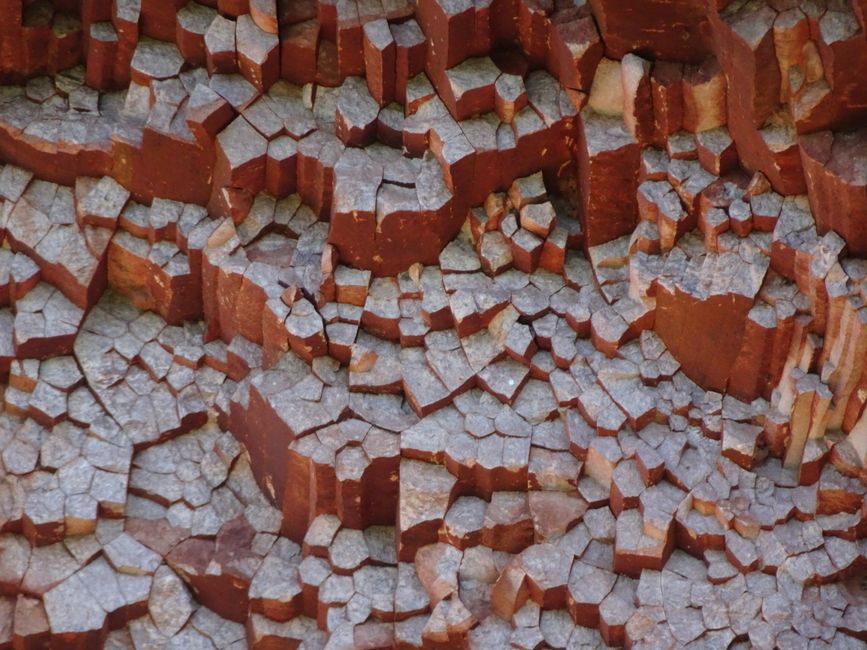
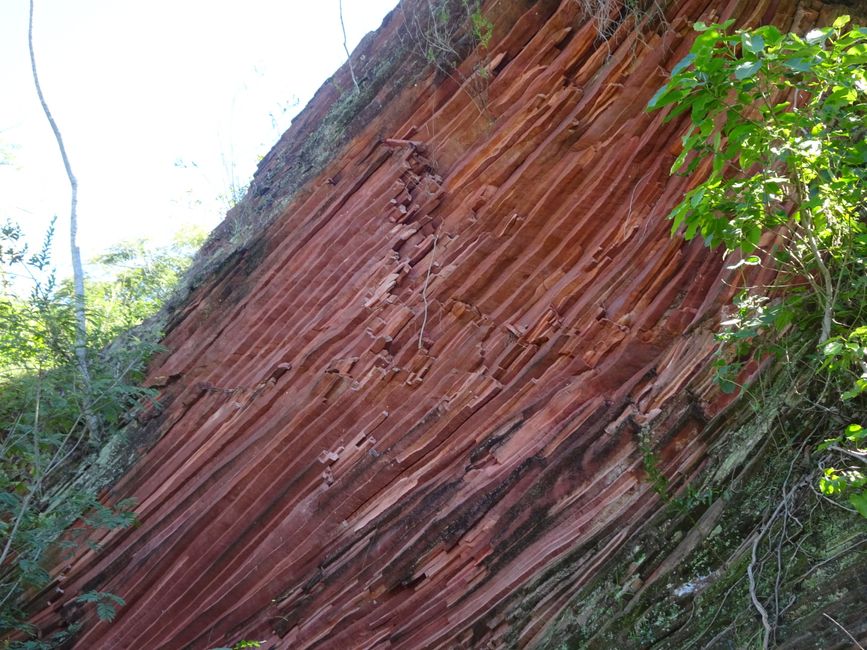
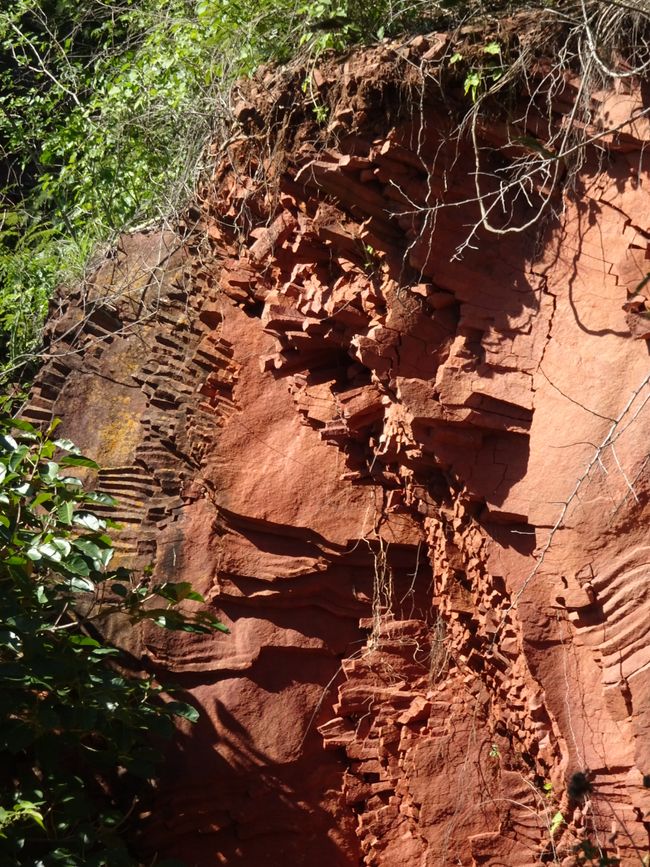
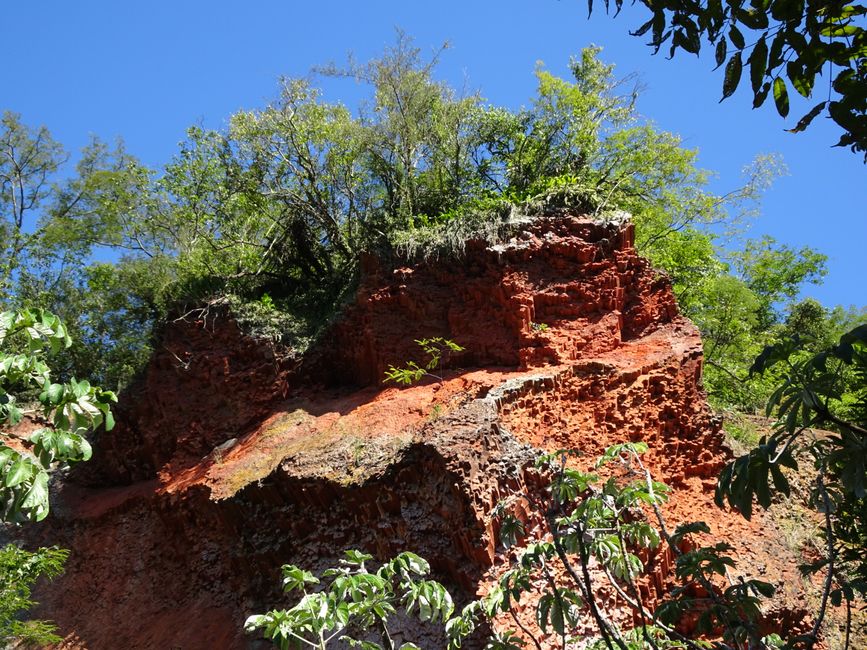
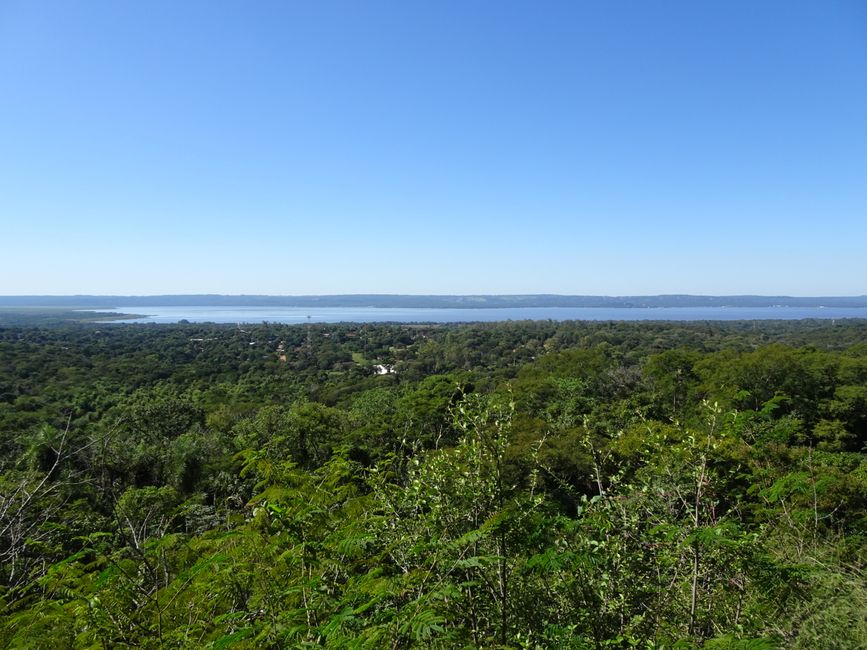
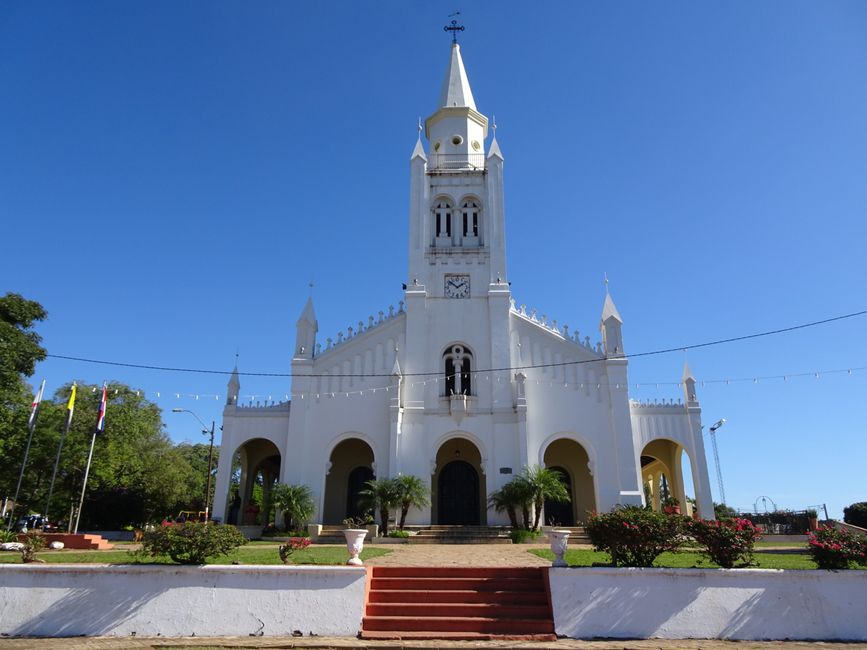
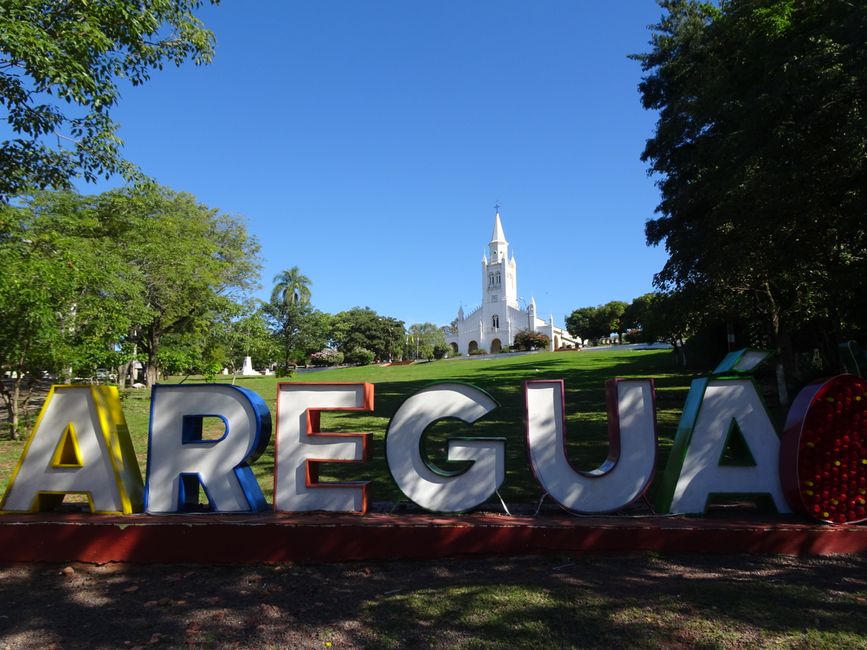
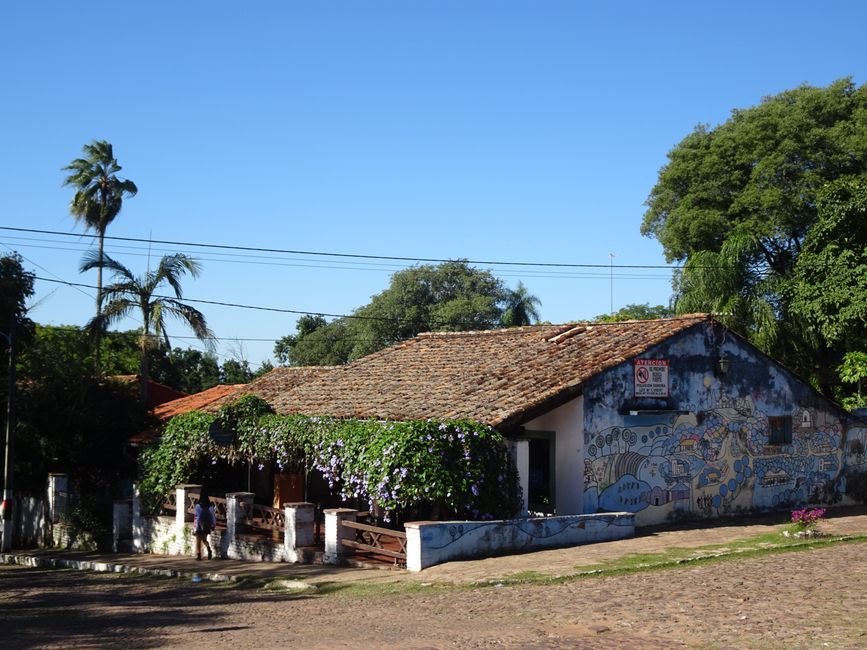
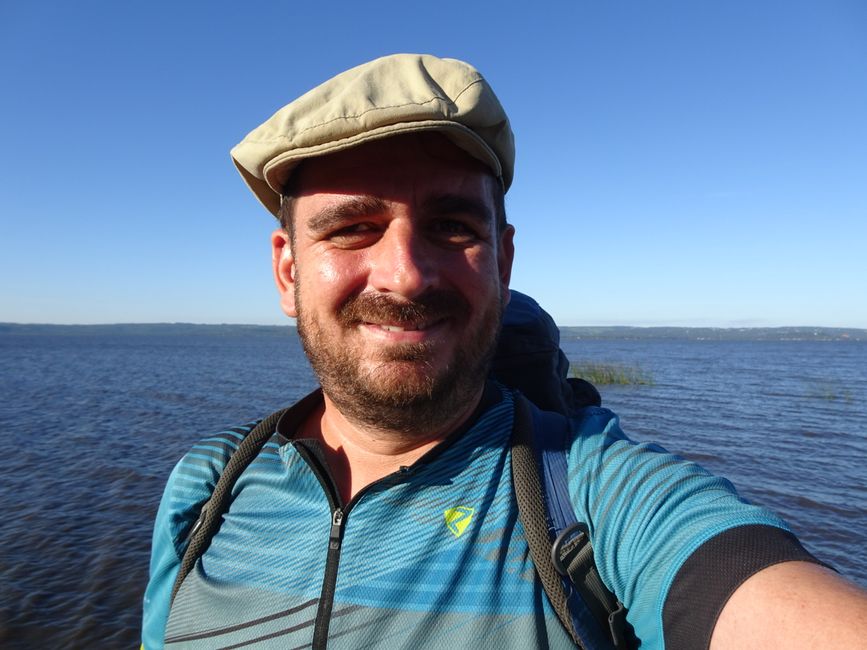
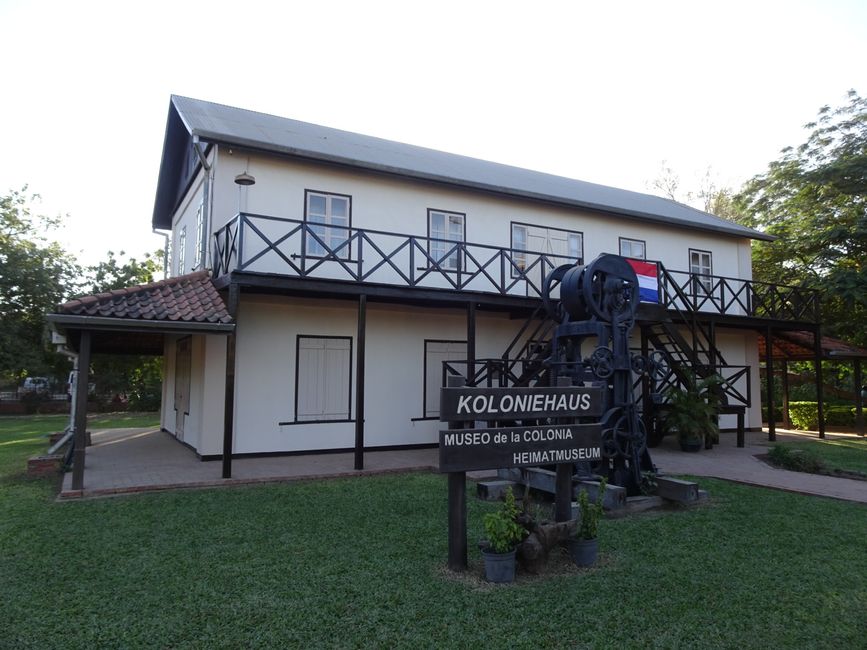
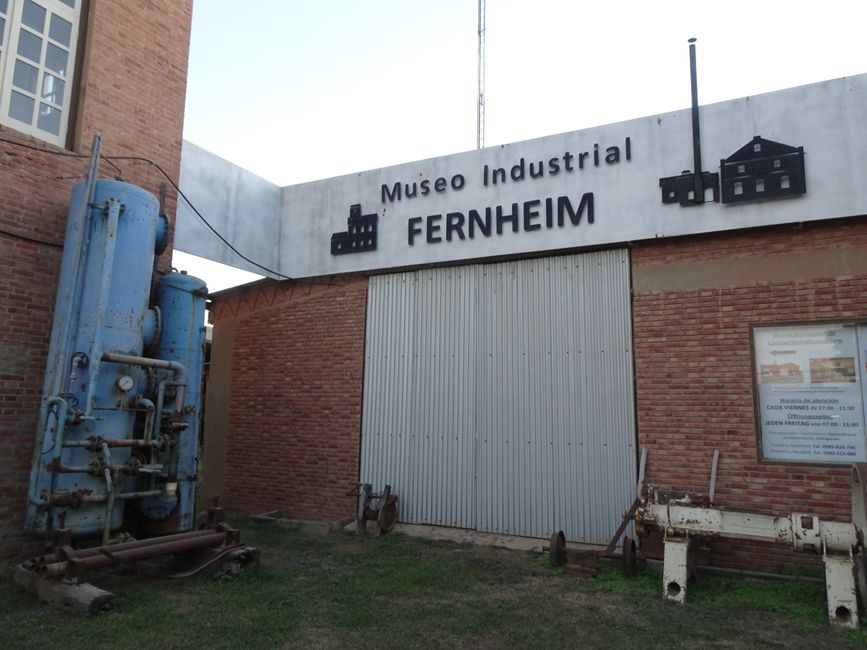
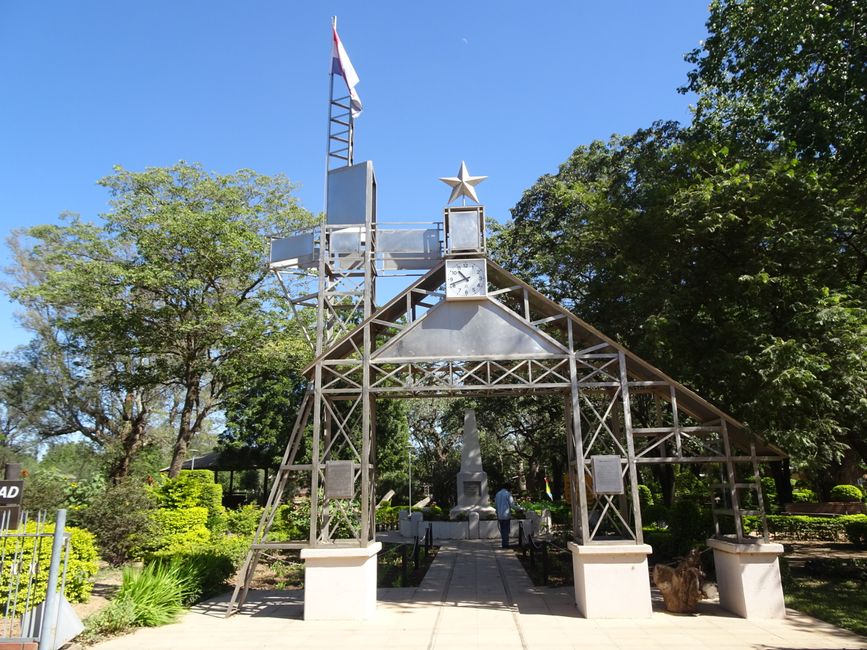
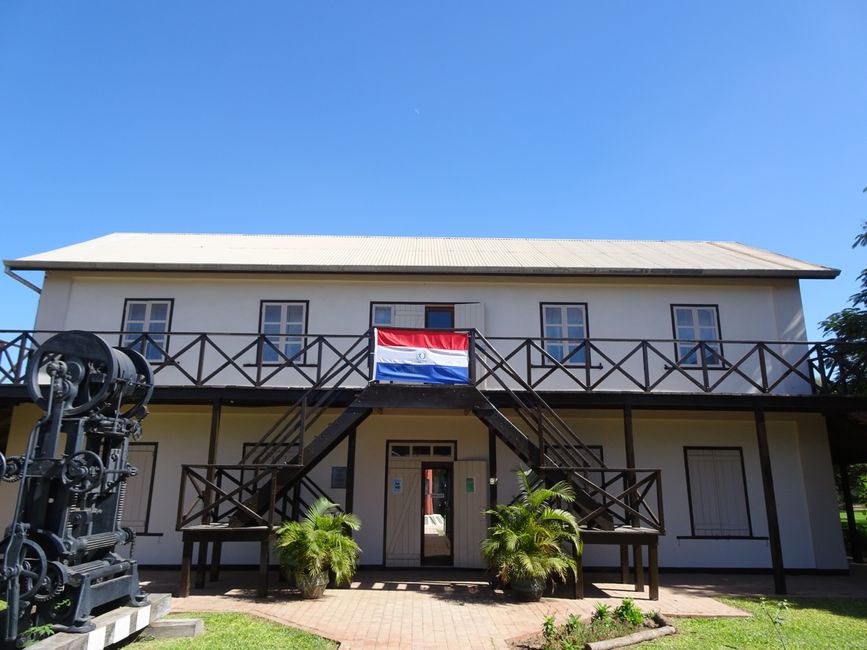
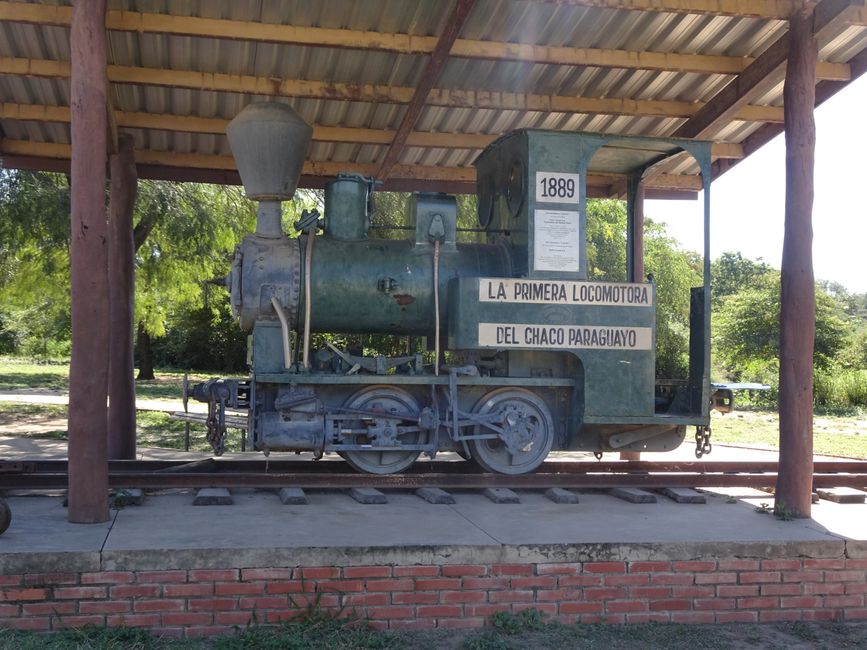
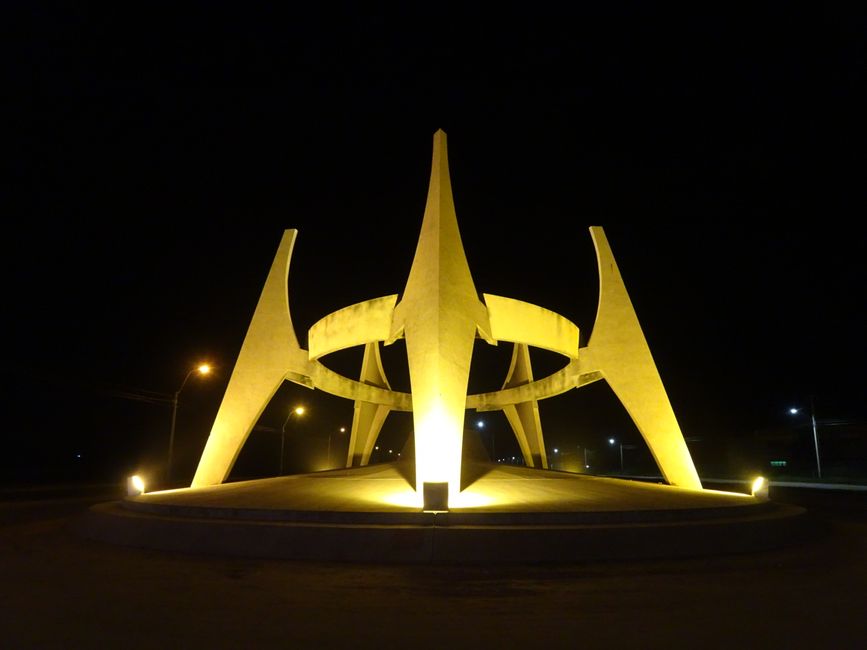
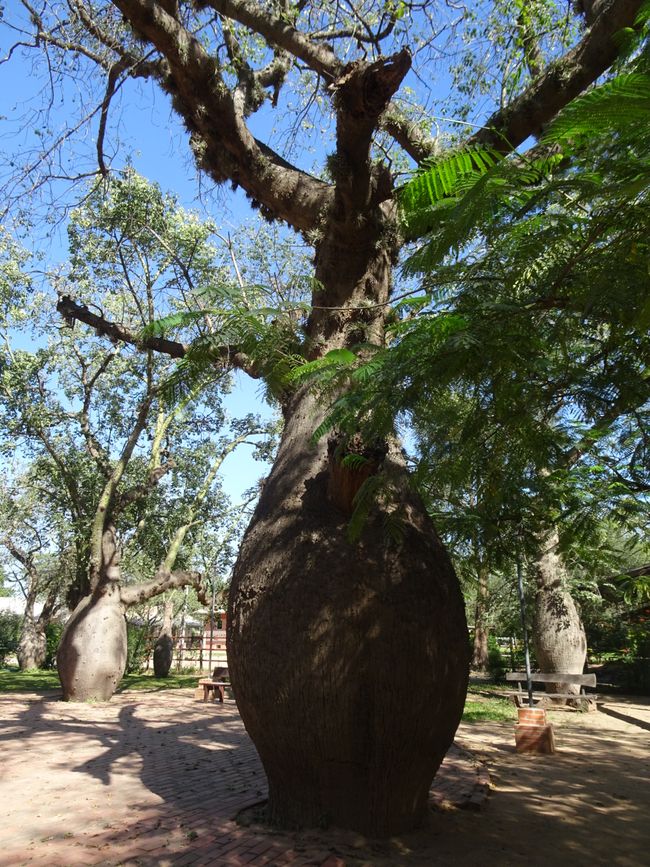
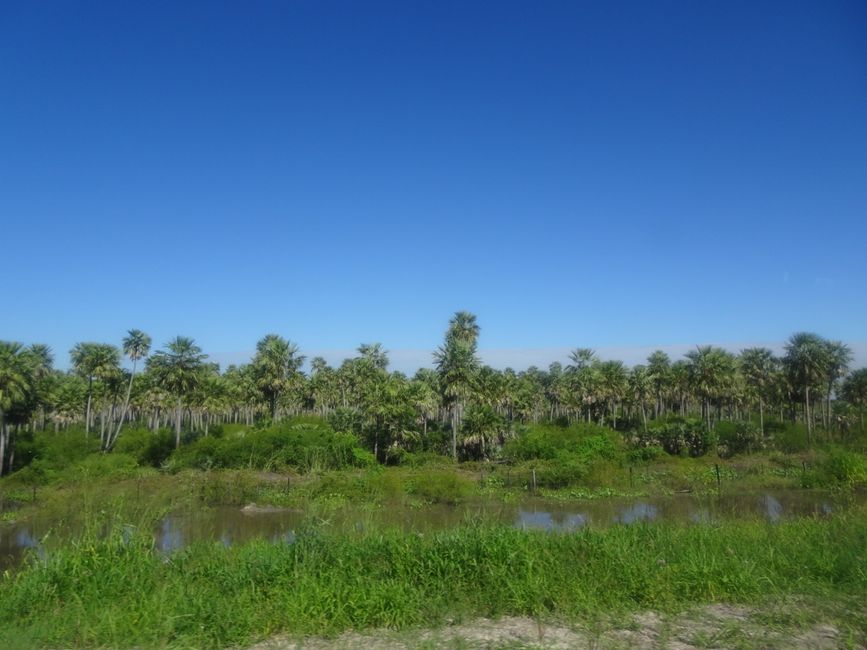
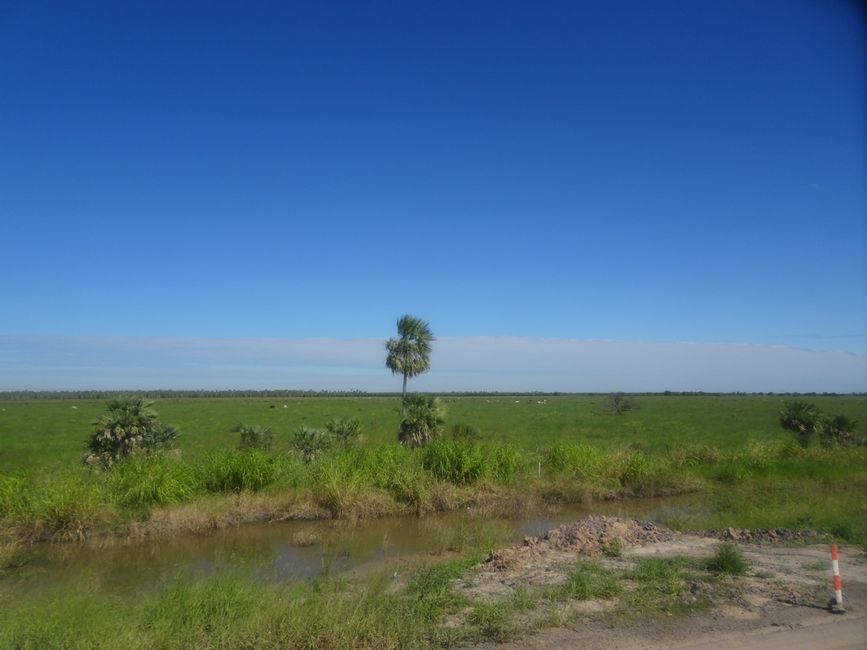
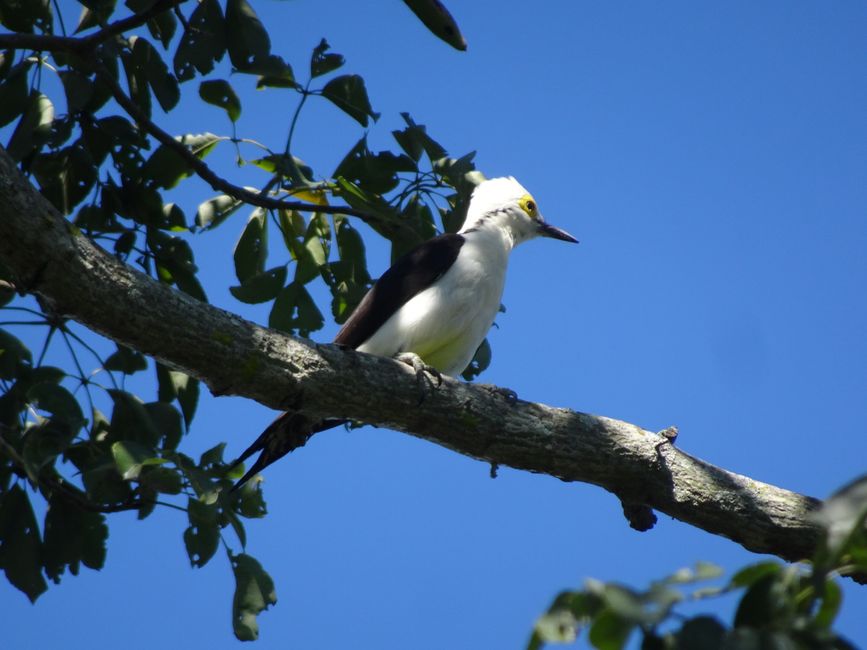
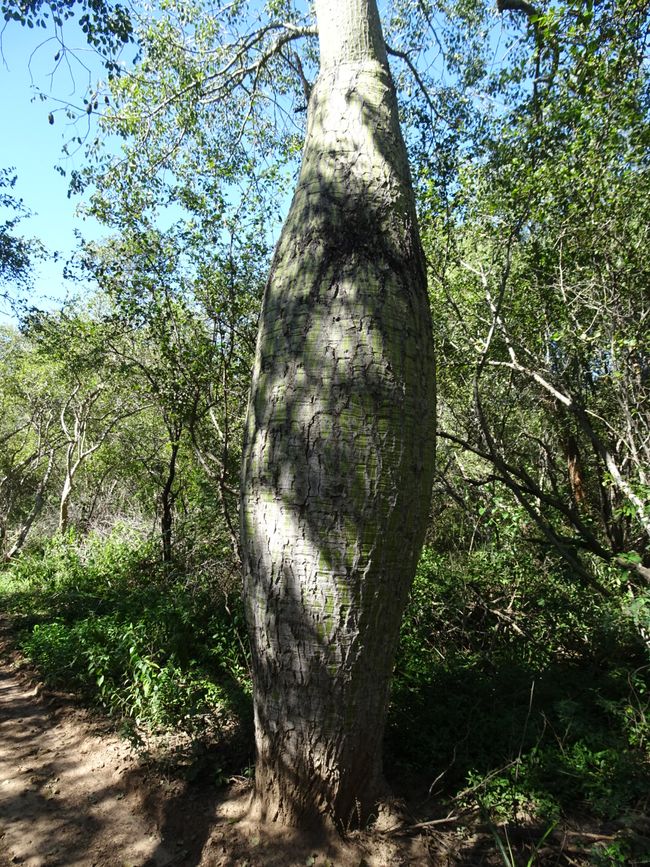
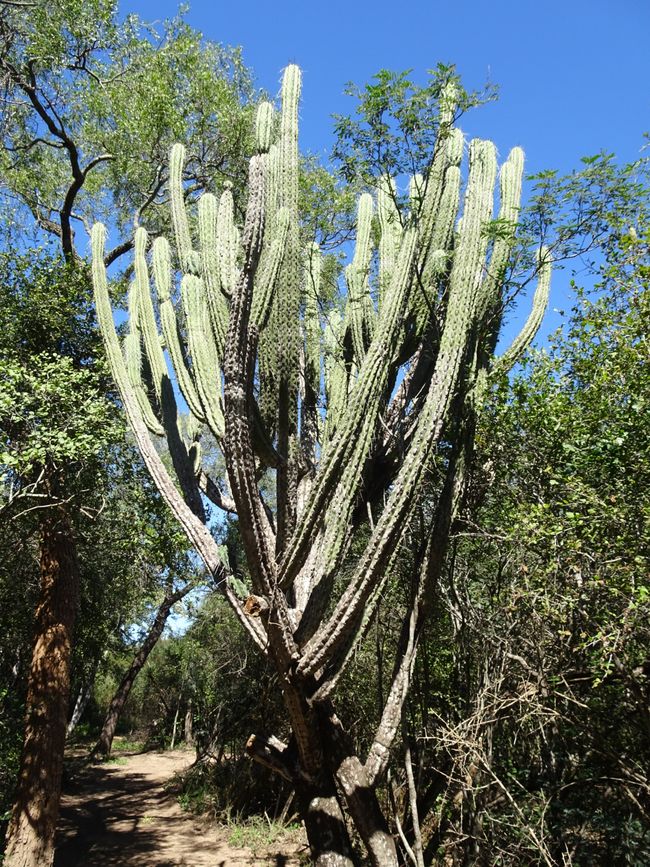
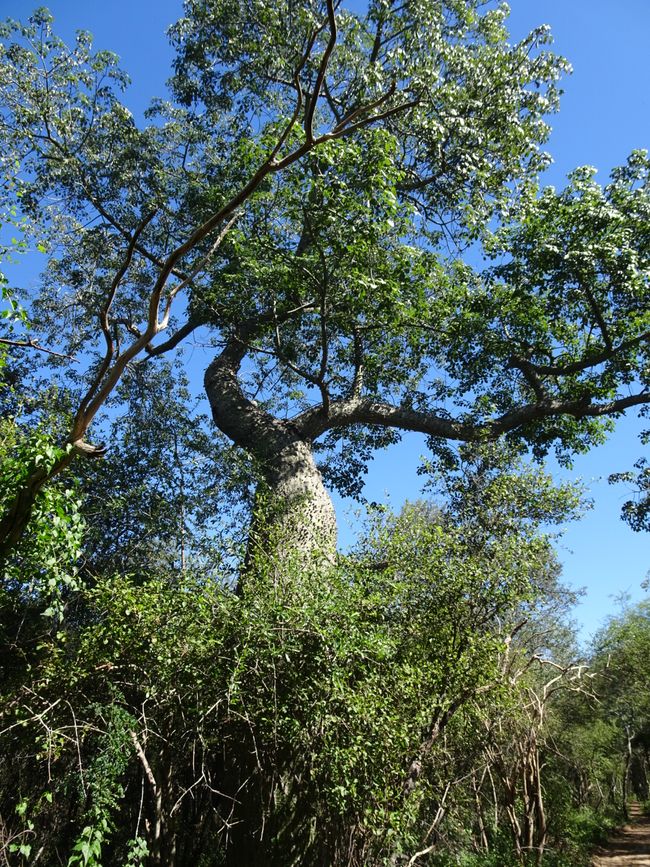
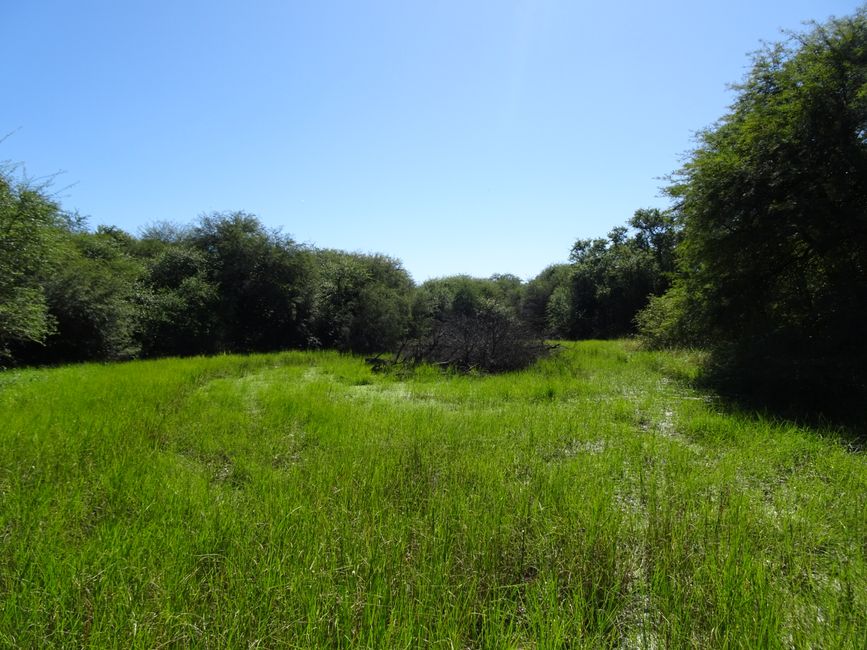
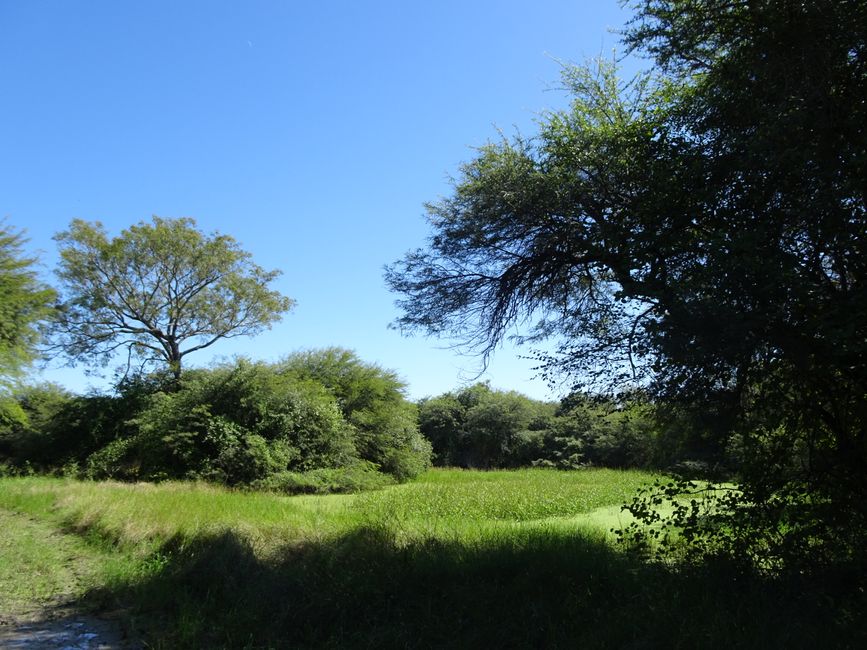
Habar býulletenine ýazylyň
In 2018, while traveling through Bolivia near the border of Paraguay, I met a backpacker from Israel who had traveled through Paraguay for six weeks. When I asked him what he had done in Paraguay for so long, he replied, 'The attraction of Paraguay is Paraguay!' There are no major tourist attractions in the country, but that's exactly why you can experience an authentic South America here. With this expectation, I traveled to this country!
As I mentioned in my last post, on May 1st in the afternoon, I took a bus from Foz Iguazu to the Paraná River, to the Paraguayan border. After getting my Brazilian exit stamp, I crossed the river on foot to Ciudad del Este to enter Paraguay. There, I exchanged my remaining Brazilian reals for Paraguayan guaranis. To avoid confusion: besides currency, the term Guarani refers to the majority of the indigenous population in Paraguay, as well as in the bordering Argentina and Brazil. In addition, Guaraní is also the second official language of Paraguay, so Spanish is only a second language for many people here. I took a motorcycle taxi to my hostel where I checked into my room. Almost all shops and restaurants were closed due to the holiday (Labor Day), but I finally found an open restaurant where I had a plate of noodles. Unfortunately, the weather was bad since that afternoon and it didn't look better for the following days. The next morning it rained, but in the afternoon it was at least only cloudy and I visited the Monday waterfalls, the largest waterfalls in the country. Surrounded by dense greenery, they are reminiscent of the Iguazu waterfalls, only smaller and less spectacular. If I had visited them in sunshine and especially before the Iguazu waterfalls, I would have liked them much better. Near the waterfalls, there is a breeding station for macaws that are then released. Besides birds, I also saw two tortoises near the waterfalls. Unfortunately, Ciudad del Este has nothing to offer as a city. Many Argentinians and Brazilians go there for shopping, as technical devices such as televisions, computers, etc. are much cheaper there. There are several huge shopping centers.
On May 3rd, I left Ciudad del Este and took a bus for a little over five hours to Encarnación, located on the Paraná River, directly across from Posadas in Argentina, where I had been a week before. The city is actually quite beautiful, but it was also raining here. On May 4th, it was a bit drier, so I took a trip to two more Jesuit missions of the Guarani, as I had already visited two in Argentina from Posadas. I took a bus to Trinidad, where I visited the impressive ruins of the destroyed complex from the 18th century. Then I hitchhiked to the small town of Jesús, where there are also ruins of the Jesuits to visit. Unfortunately, the sun was missing that day, so my photos were far from as beautiful as those of the Argentine missions. Back in Encarnación, I found a German restaurant! That's nothing special in Paraguay, as seven percent of the population is of German descent. If I had only been on a normal vacation here, I would have ignored the German cuisine, but after more than ten months, it was different and I enjoyed goulash with fried potatoes. Unfortunately, in the past three years, a couple of thousand COVID-deniers, Reich citizens, etc. from Germany came to Paraguay. Why Paraguay of all places? In addition to the German restaurants, German food, etc. due to the German origins of many Paraguayans, the most important reason for this was certainly that there were hardly any COVID rules in Paraguay for a long time, and that unvaccinated people could also enter. In addition, it is relatively easy for foreigners to be allowed to stay permanently in Paraguay.
On May 5th, I finally took the bus to Asunción, the capital of Paraguay, where I spent the next two days exploring the city in mixed weather. Asunción has some beautiful areas and there are a few interesting small museums. In a German bakery, I could buy apple strudel, which was really good. On the first evening, I had pork roast with bread dumplings in a restaurant called 'Brauhaus'! The owner of the restaurant emigrated from Germany to Paraguay 20 years ago. At the neighboring table, a few people were speaking in German, and although I only caught a few snippets of the conversation, it was enough! Germany would destroy itself through 'Islamization'! Merkel, who allowed the refugees into the country, should be shot, just like Scholz! The only person who could save Germany would be Alice Weidel as the next Chancellor. I briefly considered joining the conversation, but it wouldn't have made any difference anyway. From that point on, whenever I was asked where I was from in Paraguay, I always emphasized that I was a tourist from Germany and not one of those who emigrated from Germany to Paraguay in recent years.
On May 8th, I left Asunción temporarily with little luggage and took a three-hour bus ride to the town of Villarrica, where there is a beautiful park with capybaras, some colonial houses, and two interesting churches. The weather was much better now. I stayed there for two nights and then drove through the nice town of Eusebio Ayala to the city of Caacupé, where the modern cathedral is the only attraction. The owner of my accommodation spoke German, as he was a Mennonite, a member of a Protestant religious community that has been living in Paraguay for several decades. While he is one of the very few Mennonites in Caacupé, there are proper Mennonite colonies elsewhere in Paraguay, and I became curious and decided to visit one of them. For this, I had to go back to Asunción and on the way back, I visited an interesting museum about Paraguayan myths and the town of Areguá on Lake Ypacaraí with the magnificent rock formations of Cerro Koi. From Asunción, where I stayed one night in my old hostel, I then drove for ten hours to the Gran Chaco region, an area between Asunción and the border with Bolivia, which consists partly of wetlands and partly of inhospitable steppes. There are hardly any people living here. However, there is a group of small towns with names like Osterwick, Blumengart, Kleefeld, and even Karlsruhe, which together form the Mennonite colony of Fernheim. I stayed in the main town, Filadelfia, for the next two days. For explanation: The Mennonite religious community originated during the time of the Reformation in northern Germany and the present-day Netherlands. Initially, they differed from the Lutherans primarily in that they rejected the baptism of infants and young children. Everyone should consciously decide on baptism! They also refused any kind of military service. When they were persecuted in their homeland, they moved to Prussia, where they lived until the end of the 18th century. As their situation deteriorated there, most of them moved to Russia, where they lived until the 1920s, when they were persecuted by Stalin and thousands of them died. Most of them then fled to the United States, but some also came to Paraguay, where they still enjoy special rights: schools in German, exemption from military service, and regulation of the sale of alcohol are some examples. During visits to several small museums, I learned a lot about the history and life of the Mennonites. Nowadays, all Mennonites in Paraguay are bilingual in German and Spanish, and their standard of living is significantly higher than the average in Paraguay. Mennonites only marry among themselves, which is why they also visually differ from the original population. On the second day, I rented a bicycle, the lady who provided me with the bike was named Mrs. Wohlgemut, and the lady who opened the gate to a nature reserve was named Mrs. Krause. The German spoken by these people differs from our language both in sound and vocabulary. A man who guided me through one of the museums told me about his grandchildren, meaning his grandchildren!
After two days, I left Filadelfia on the night bus and arrived early in the morning on May 15th in Asunción, where I spent the last two days in Paraguay. Finally, I was able to take photos of Asuncion in good weather. On the morning of May 17th, I took a taxi to the airport to fly to Colombia from there.
Paraguay is a very interesting country with very nice people, but without a significant tourist infrastructure. On the one hand, this means that there are hardly any tourists, but on the other hand, you need a private guide for tours in remote areas, which makes things incredibly expensive. Therefore, I had to forego excursions into the jungle. The number of cultural attractions is certainly limited, but the country has a lot of untouched nature. Let's hope that it stays that way, even if more tourists visit this hospitable country in the future!
Habar býulletenine ýazylyň
Jogap
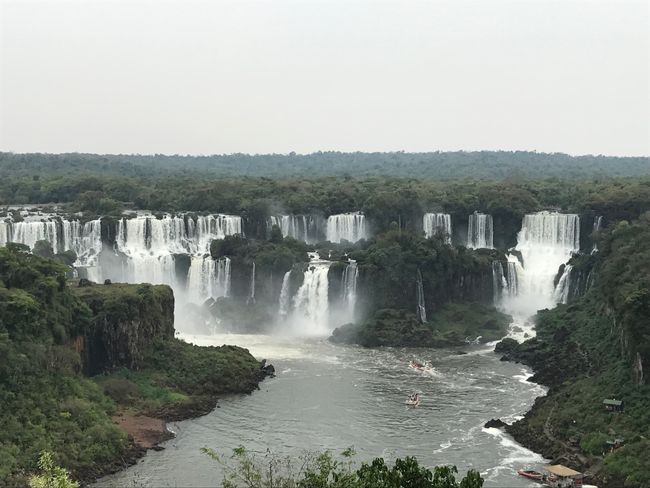
Syýahat hasabaty Paragwaý
